Artists’ multiples — ranging from LPs to ceramics, posters and books to clothing, mass-produced objects and toys — are a passion for Queensland artist and collector Scott Redford.
Redford has been generously gifting multiples to the Gallery and the Research Library since 2008, including a major donation of over 700 objects to the Library in 2022. The artist’s gifts capture and reflect mainly on popular music, culture and graphic design.
Vinyl LPs, Artists’ Multiples, Posters, Books and Ephemera: A gift from Scott Redford
Barbara Kruger ‘Consolidated / Business of punishment’ 1994

The popular and so-called low-brow art of the twentieth century has informed both Redford’s own work and his taste in collectable records, music-related ephemera and artists’ multiples.
Like one of Redford’s ceramic works in the Collection, My beautiful pink polar bears 2005 (illustrated) (made with collaborating artist Michael Littler), which was inspired by a small ceramic figure signed only ‘Robin’ that the artist found in a Brisbane junk shop,1 Jeff Koons’s Seated Ballerina 2010-15 is modelled on porcelain figurines created by Ukrainian artist Oksana Zhnikrup for mass production in the Soviet Union. Koons worked with Japanese retailer UNIQLO (2010–15) to create a T-shirt featuring the Seated Ballerina, and two of the original figurines and a t-shirt feature in his 2022 gift.
Scott Redford ‘My beautiful pink polar bears’ 2005
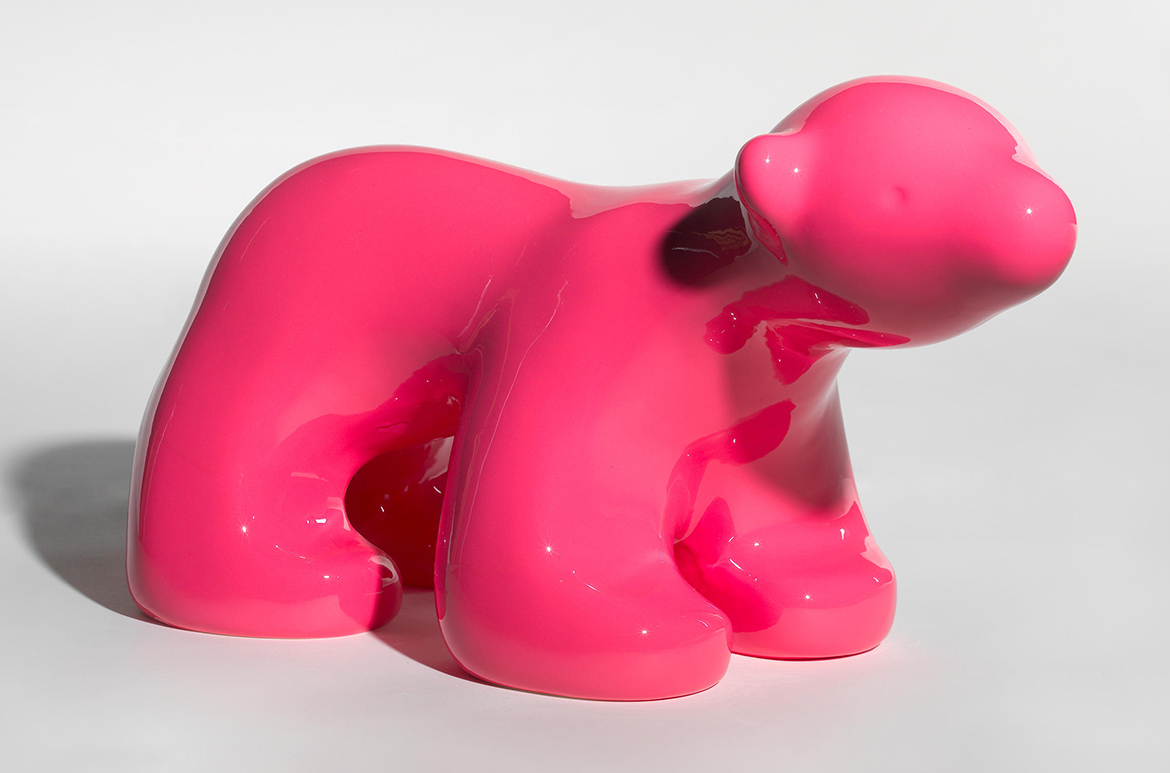
Jeff Koons ‘Seated Ballerina’ 2010-15
![Oksana Zhnikrup, Ukraine 1931–93, Ballerina Lenochka c.1980, Porcelain figurine, 20 cm (high), © Oksana Zhnikrup Estate / Jeff Koons, United States b.1955, UNIQLO, Seated ballerina T-shirt 2010–15, Cotton T-shirt, © Jeff Koons / Jeff Koons [exhibition catalogue], Gagosian, Beverley Hills 2017, 1 v; col. ill., Artwork © Jeff Koons / Gifts of Scott Redford, 2022 / Collection: QAGOMA Research Library](https://blog.qagoma.qld.gov.au/wp-content/media/web-blog-QAGOMALibrary_REDFORDGifts_035.jpg)
Multiples designed by artists are created and marketed to avid collectors around the world. Redford writes ‘. . . the legacy of fine art’s modernist avant-garde can be found everywhere in our daily life from shop displays and advertising to food packaging and sneakers’.2
Calvin Klein designer Raf Simons and the Andy Warhol Foundation for the Visual Arts collaborated to produce a line of Warhol-inspired sneakers (illustrated). The footwear is made from black canvas and features a printed portrait of the artist in purple.
To celebrate the fiftieth anniversary of Andy Warhol’s famed 1962 work 32 Campbell’s soup cans (illustrated), the Campbell Soup Company released limited-edition cans of their condensed tomato soup.
Andy Warhol & Raf Simons ‘Calvin Klein iconica canvas sneaker‘

Andy Warhol ‘Campbell’s condensed tomato soup’ 2012

Artists’ multiples are arguably the most democratic artform, often inexpensive and, in some cases, made with the express purpose of free distribution, such as Shepard Fairey’s Obey giant stickers and Damien Hirst’s matchboxes (illustrated). Multiples feed fans’ growing desire to own memorabilia, echoed by Redford himself: ‘Personally, I get as much pleasure from buying a Hirst matchbox from his Pharmacy restaurant as viewing any of his other works because I get to hold it and own it’.3
Damien Hirst ‘Pharmacy’ 1998–2003

Mr Brainwash (the pseudonym for Thierry Guetta) is a pop artist, street artist and videographer. His style has been referred to as a ‘collision of street art and pop art’. London spray can (illustrated) was created for his 2012 London exhibition ‘Life is beautiful’.
Mr Brainwash ‘London spray’ 2012
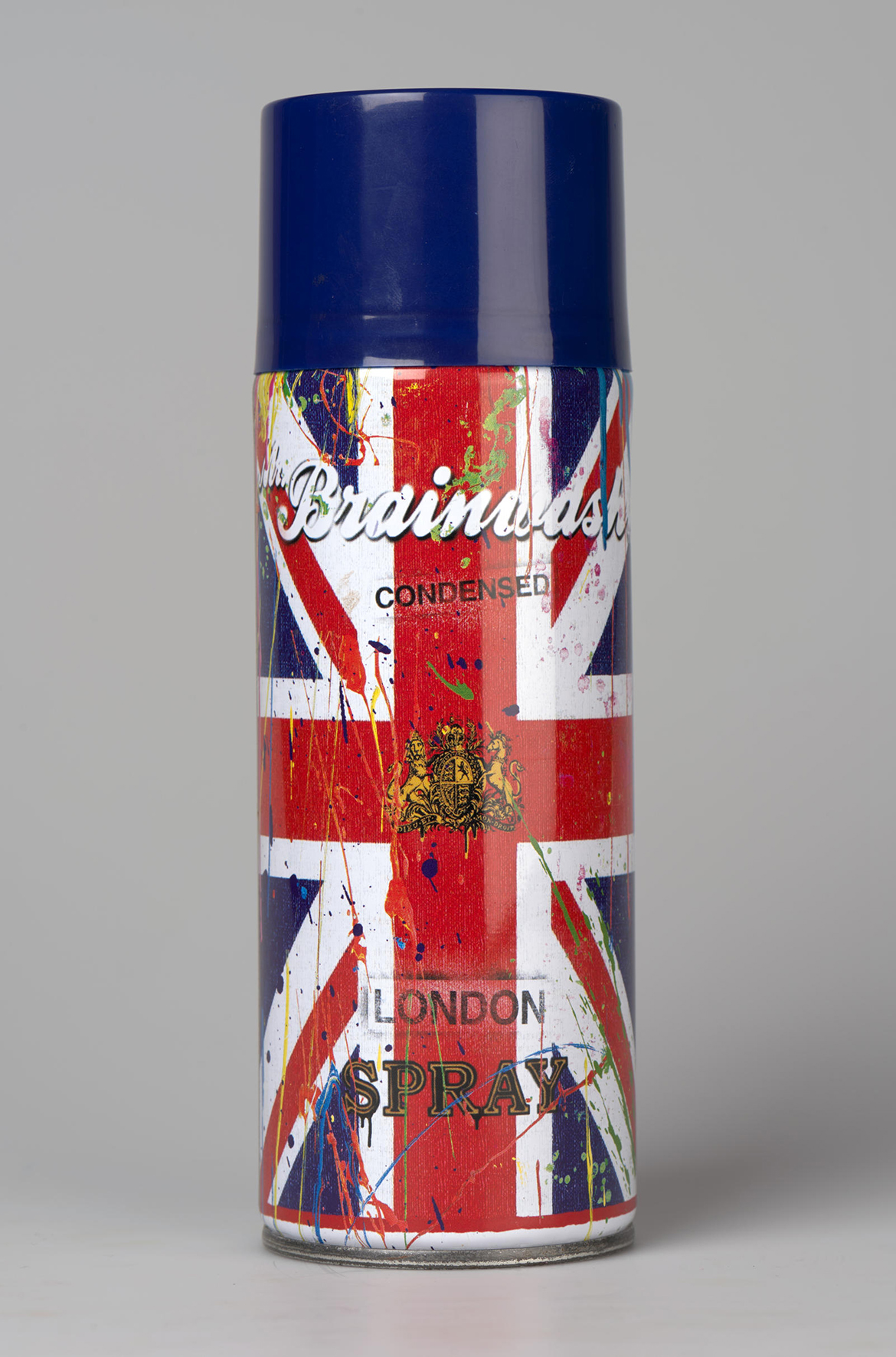
Drawing on Andy Warhol’s colourful portrait of Marilyn Monroe as his inspiration, Mr Brainwash created a series of work featuring celebrities, designers and tastemakers (illustrated), including Michael Jackson, Madonna, Jack Nicholson, and Star Trek’s Mr Spock. The artist aligns his artistic intentions with those of the original Pop artists, producing art for everybody.
Mr Brainwash ‘Marilyn Monroe’ c.2010

It’s not surprising that art that connects with a global audience lends itself to protest, calls for social change, or examines social and political discontent. Artists such as Banksy, Shepard Fairey, Mr Brainwash, Invader and Barbara Kruger give voice to the concerns of the ‘masses’.
Postal stamps, featuring graffiti by Banksy (illustrated) commemorate the anniversary of the Russian invasion of Ukraine.
Shepard Fairey’s Time Magazine cover featuring Barack Obama (illustrated) looks a lot like the unofficial campaign poster ‘Hope’, from 2008, when Obama was still a presidential candidate. The ‘Vote’ cover focuses on the importance of voting, the addition of the bandana referencing the COVID-19 pandemic, political division in the United States, racial discrimination and voter suppression; and inspired by a Chinese propaganda poster from the Cultural Revolution (1966–76), Fairey transforms the motif into an anti–war message (illustrated).
Mr Brainwash presents icons exhibition postcards (illustrated).
For the cover of the New Yorker (illustrated), artist Barbara Kruger reimagined her iconic 1989 silk-screen portrait Untitled (Your body is a battleground) in support of abortion rights and is a statement about the United States’ Supreme Court decision to overturn Roe v. Wade.
Banksy ‘PTN PNH! Putin Go F**k Yourself Stamps (Banksy Graffiti) UkrPoshta Ukraine’ 2023
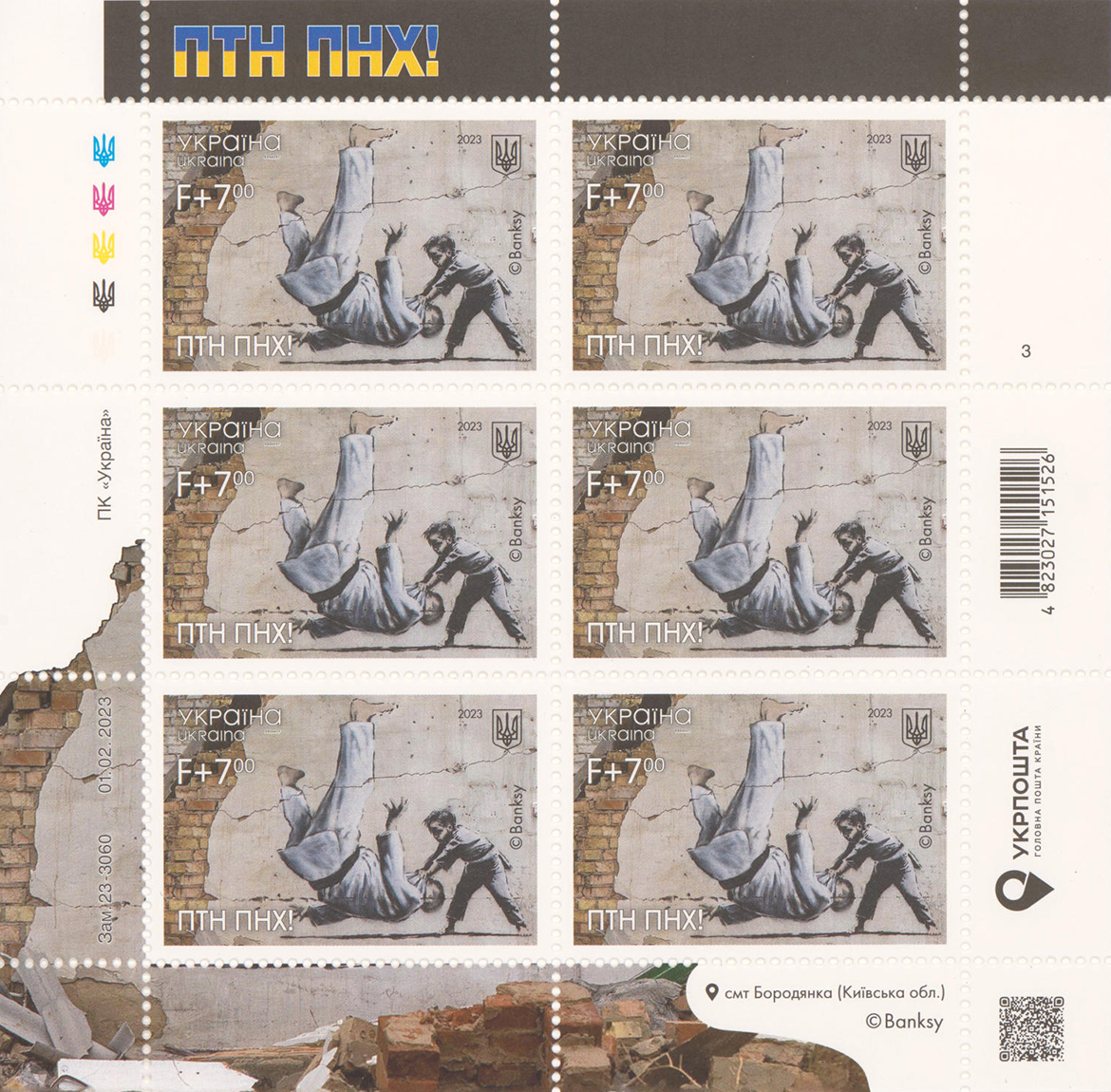
Shepard Fairey ‘Time Magazine’ (Barack Obama: Person of the Year), December 29, 2008–January 5, 1989
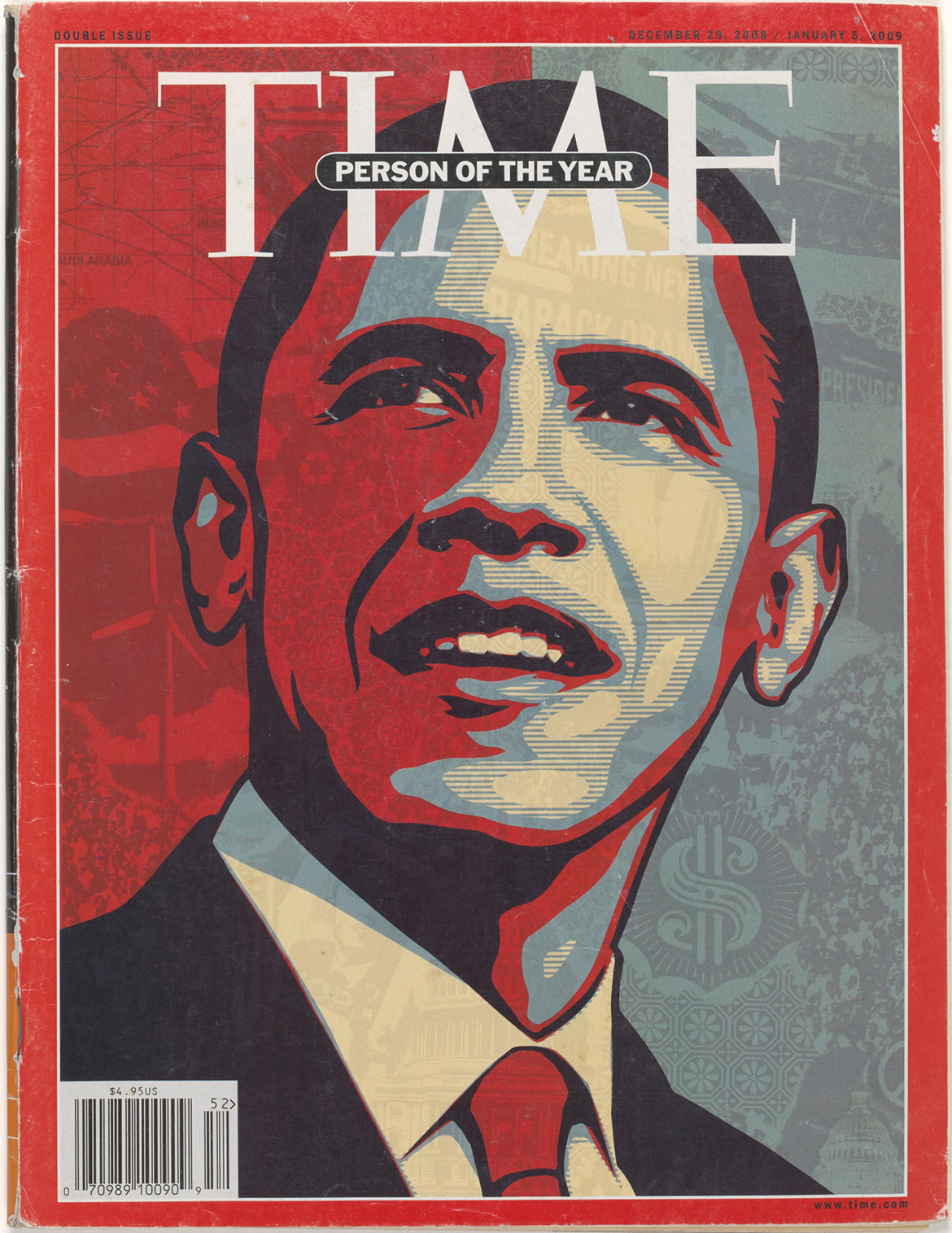
Shepard Fairey ‘Obey giant: Guns and Roses’ c.2019
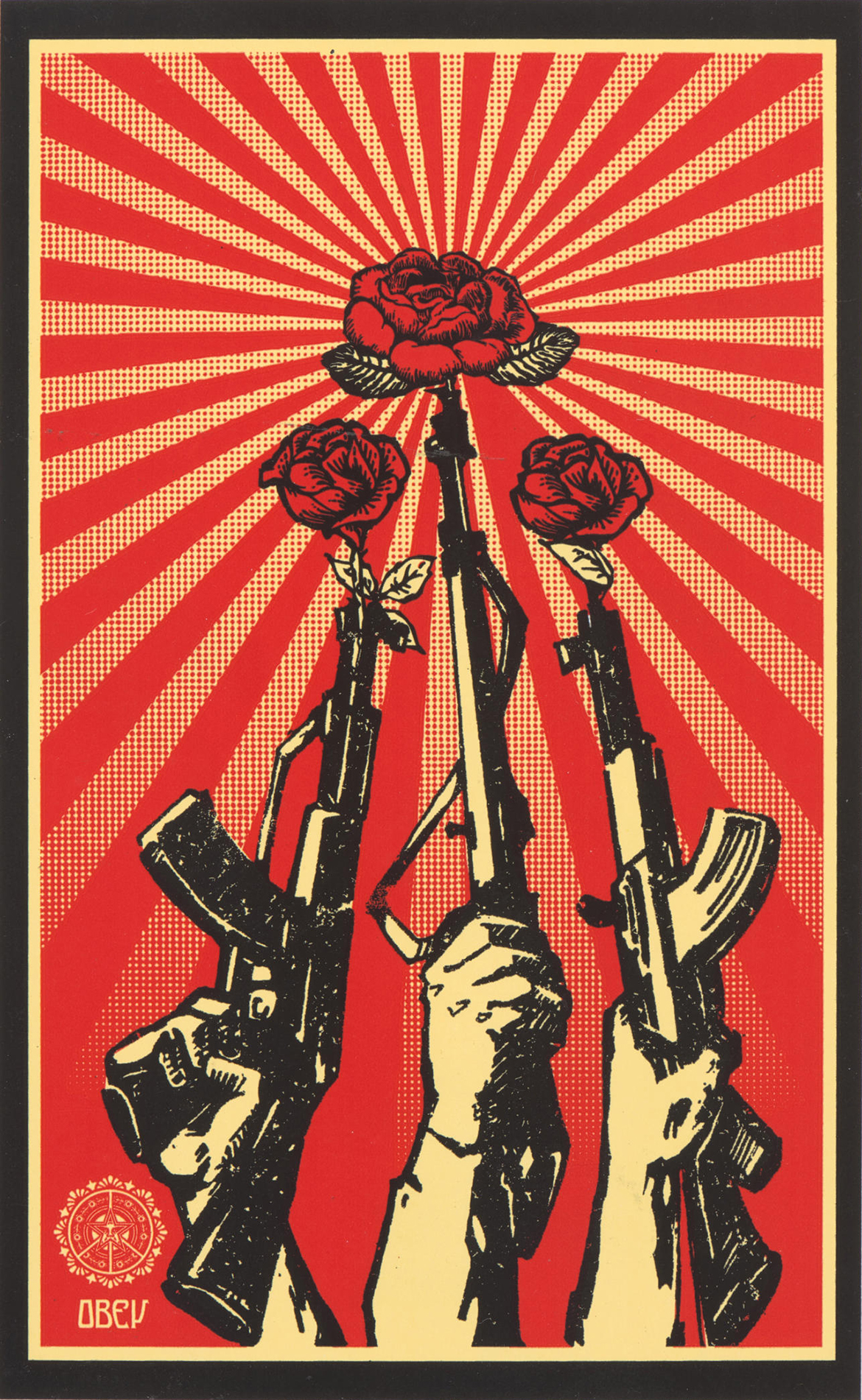
Mr Brainwash ‘Mr Brainwash presents icons’ 2010
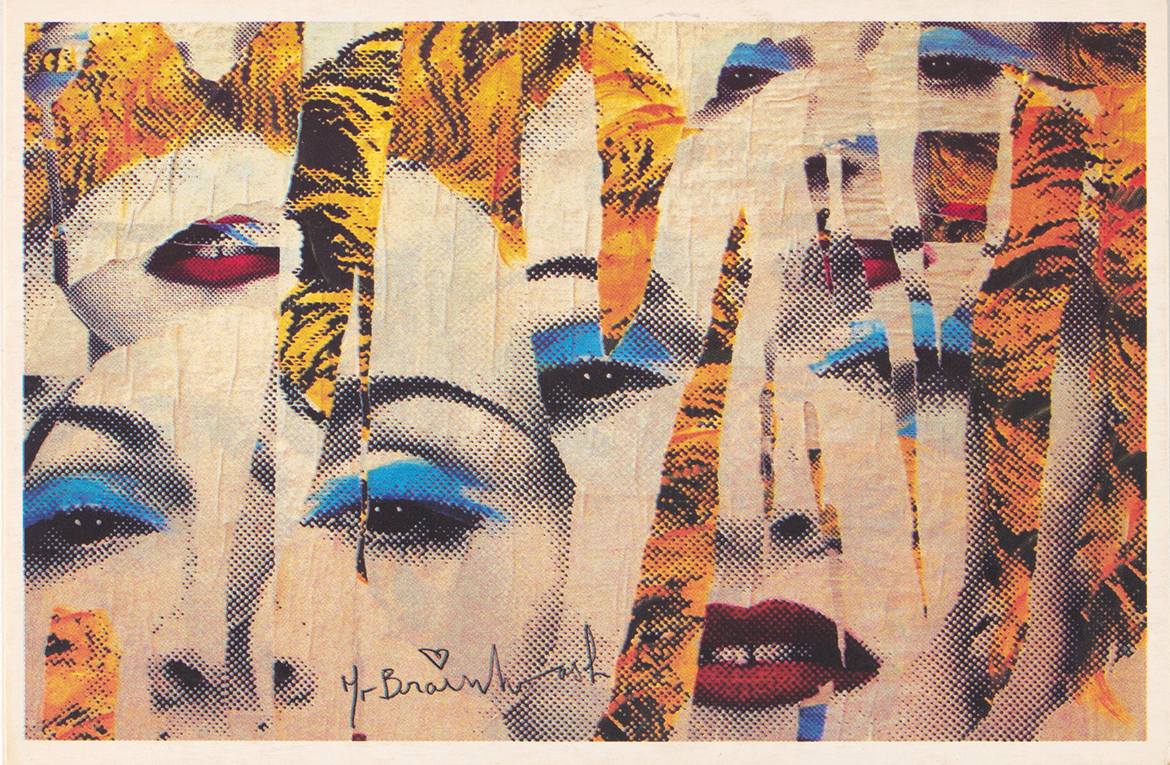
Barbara Kruger ‘New Yorker: Who Becomes a “Murderer” in Post-Roe America?’ May 9–22, 2022
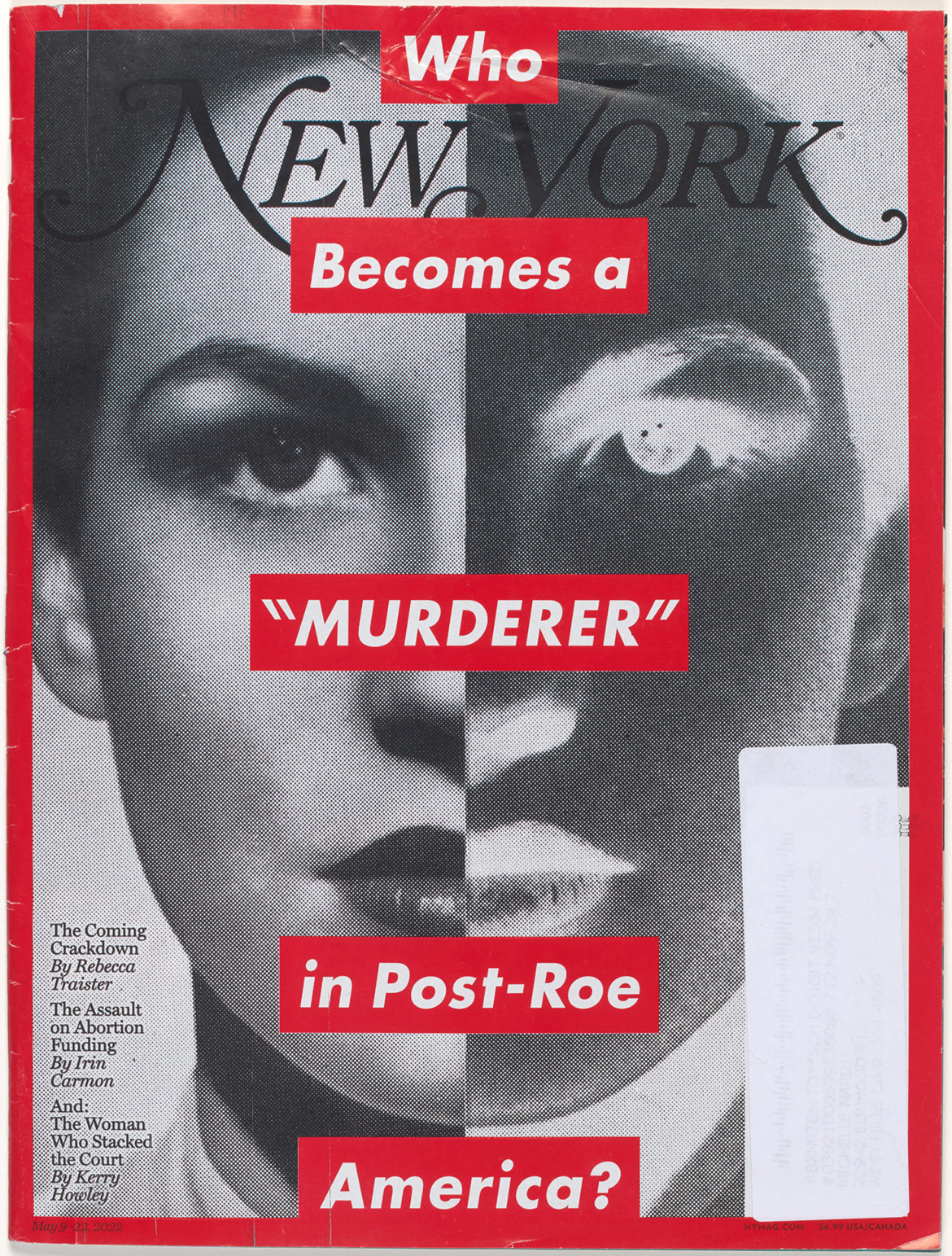
From eBay, Redford purchased 135 photographs of Dismaland (illustrated) — a temporary art project organised by Banksy — taken by an unknown photographer. A sinister twist on Disneyland, Banksy described Dismaland as a ‘family theme park unsuitable for children’4 that examines the plight of refugees. After it closed, the building materials were repurposed as shelters for refugees in the Calais ‘Jungle’ (a migrant camp in France in 2015–16).
‘Untitled’ 2015
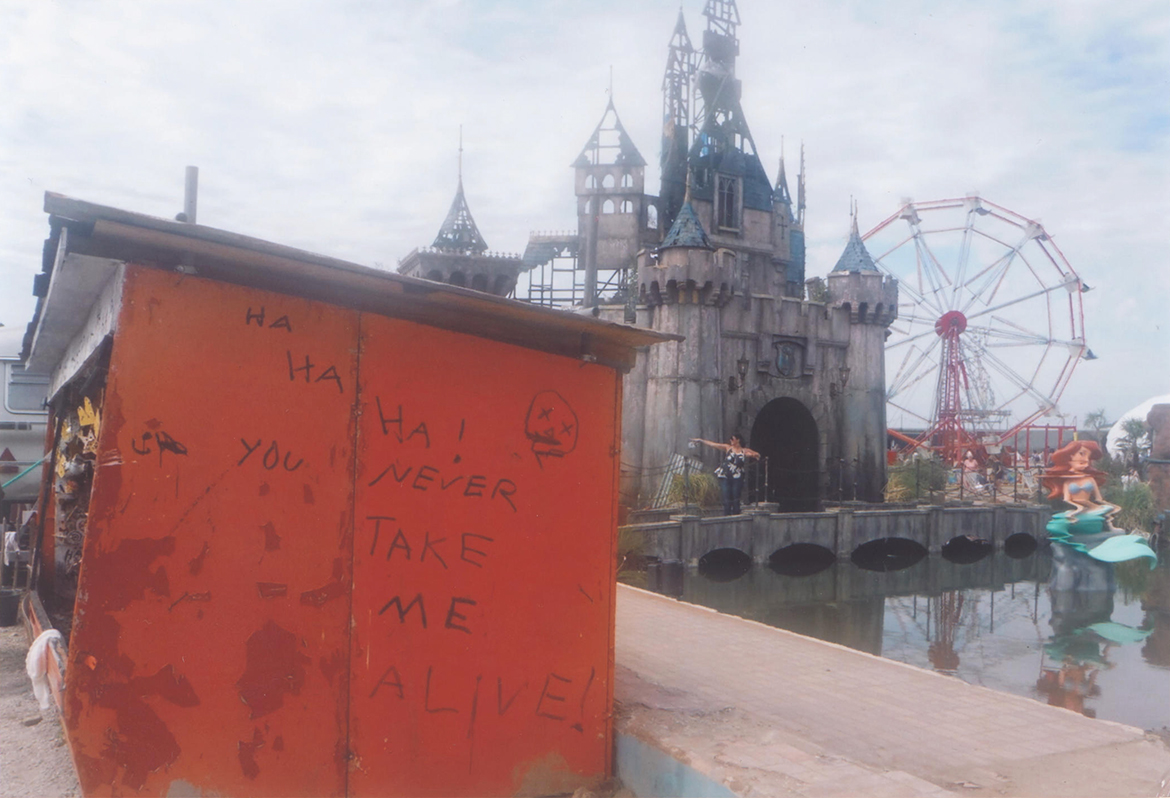
Jacklyn Young is Senior Librarian, QAGOMA Research Library
Endnotes
1 Francis E Parker, ‘From appropriation to aggression’, Scott Redford: Introducing Reinhardt Dammn [exhibition catalogue], Queensland Art Gallery | Gallery of Modern Art, Brisbane, 2010, p.48.
2 Scott Redford, ’Acquisitions and Collections: Multiples and fans’, Artlines, no.2, 2010, p.33.
3 Redford.
4 ‘Banksy Dismaland show revealed at Weston’s Tropicana’, BBC News, Bristol, 20 August 2015, https://www.bbc.com/news/av/uk-england-bristol-33986235 viewed September 2023.
QAGOMA Research Library
This gift from Scott Redford to the QAGOMA Research Library is a treasure trove of items that can inspire and enrich, support scholarship and engage artists, visitors, researchers and students.
The QAGOMA Research Library is located on Level 3 of the Gallery of Modern Art (GOMA). Open to the public Tuesday to Friday 10.00am to 5.00pm. visit us in person or explore the the Scott Reford gift through the online catalogue. Access to special collections is available by appointment.
Featured image: A selection of objects from the gift of Scott Redford to the QAGOMA Research Library, 2022
#QAGOMA
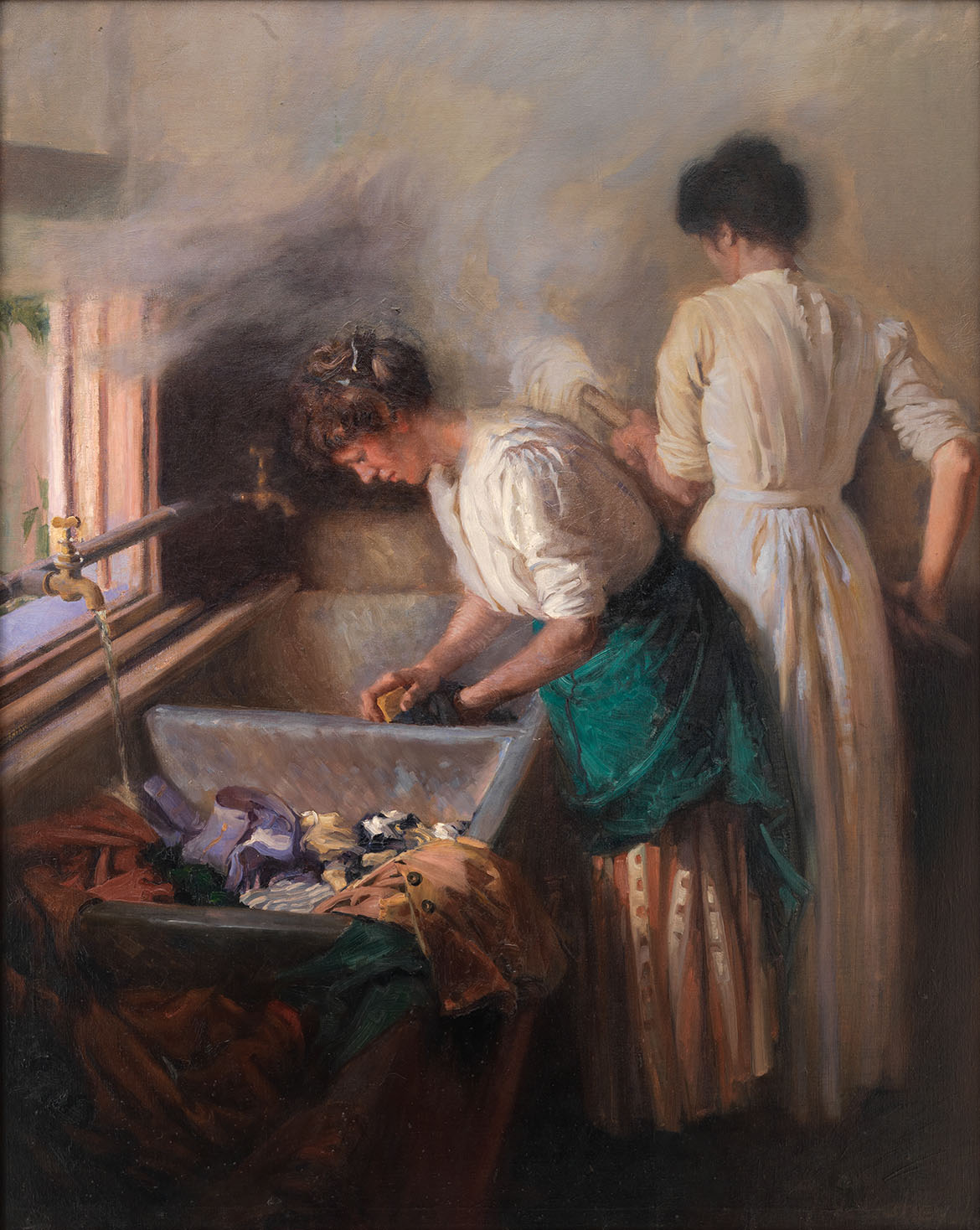
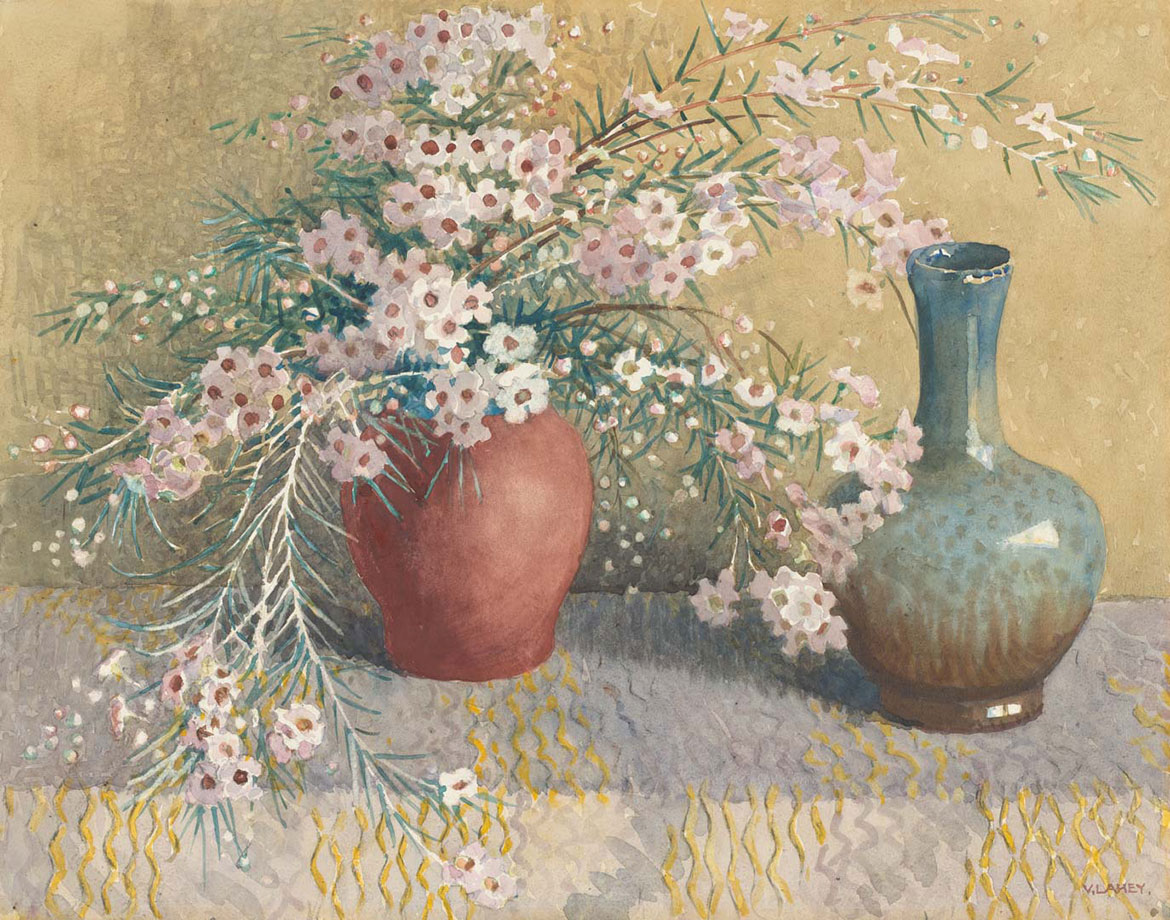
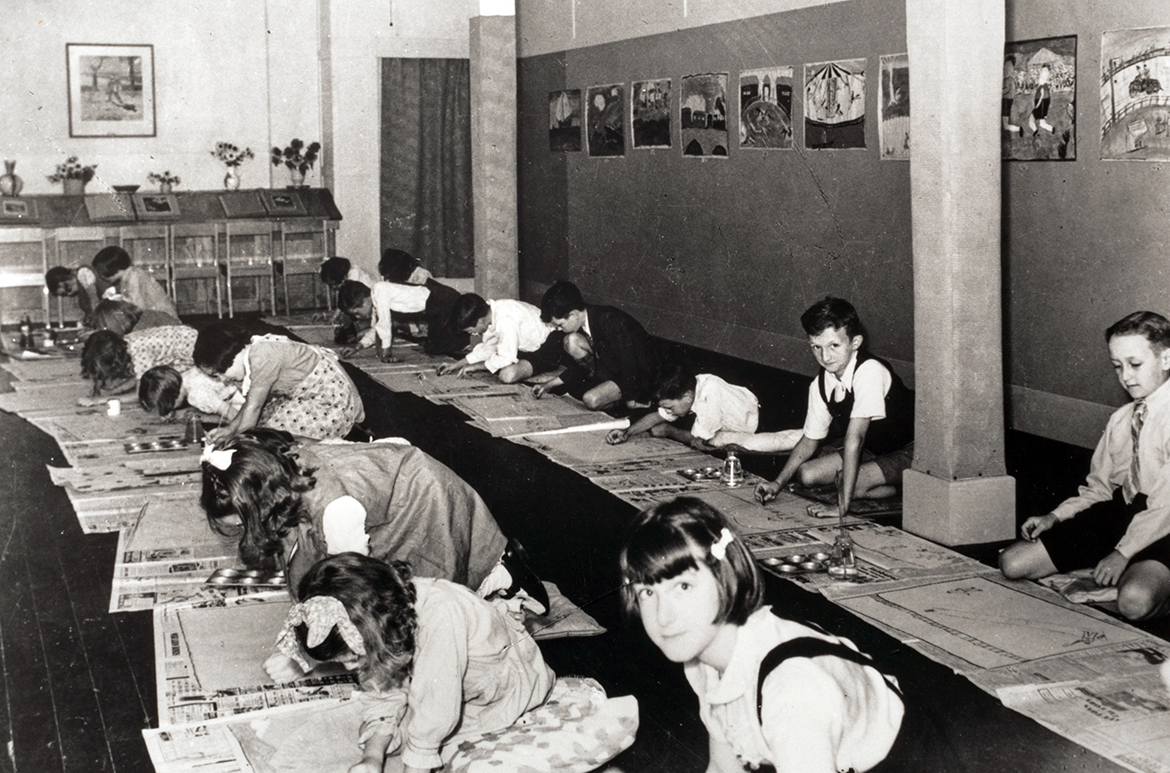
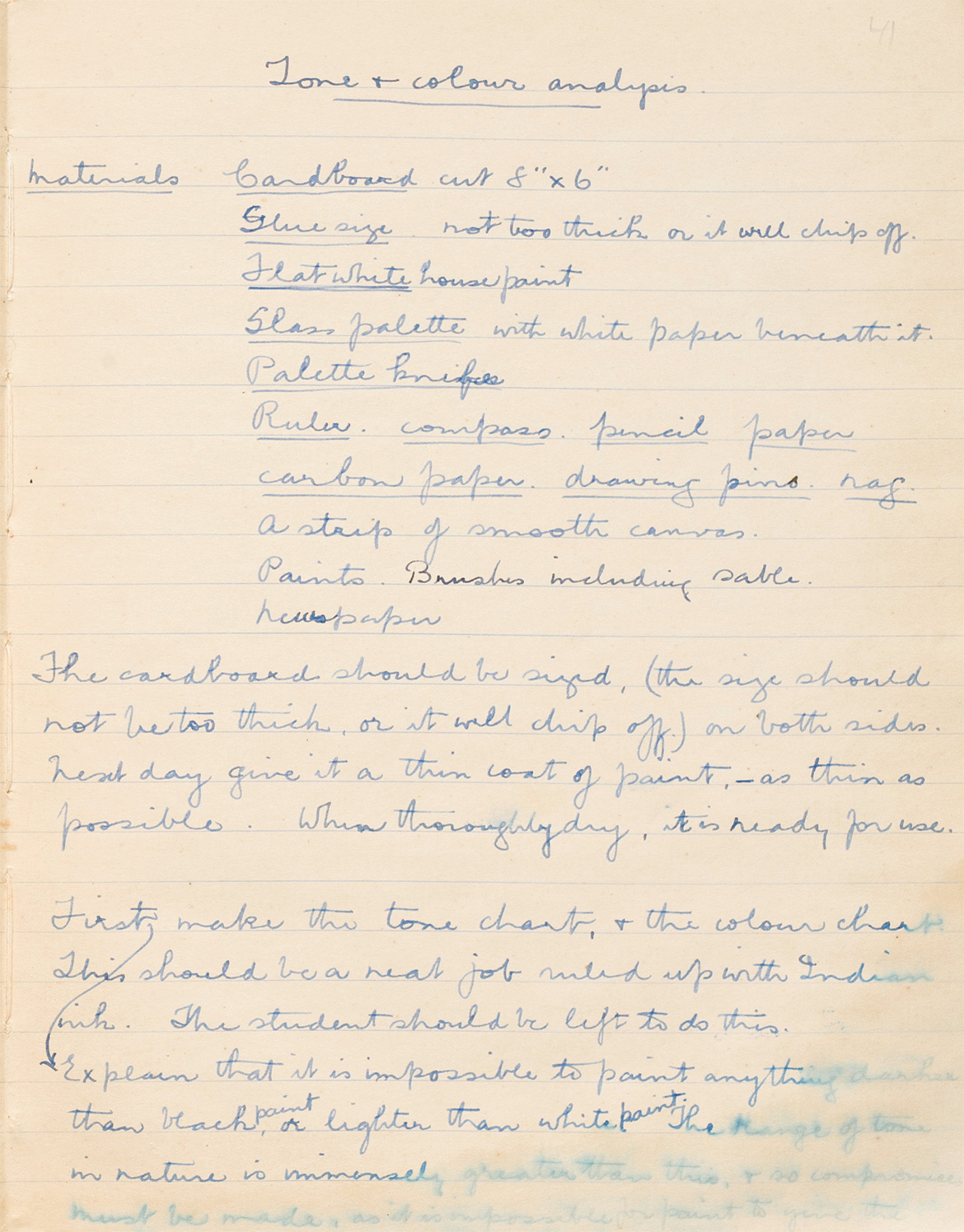
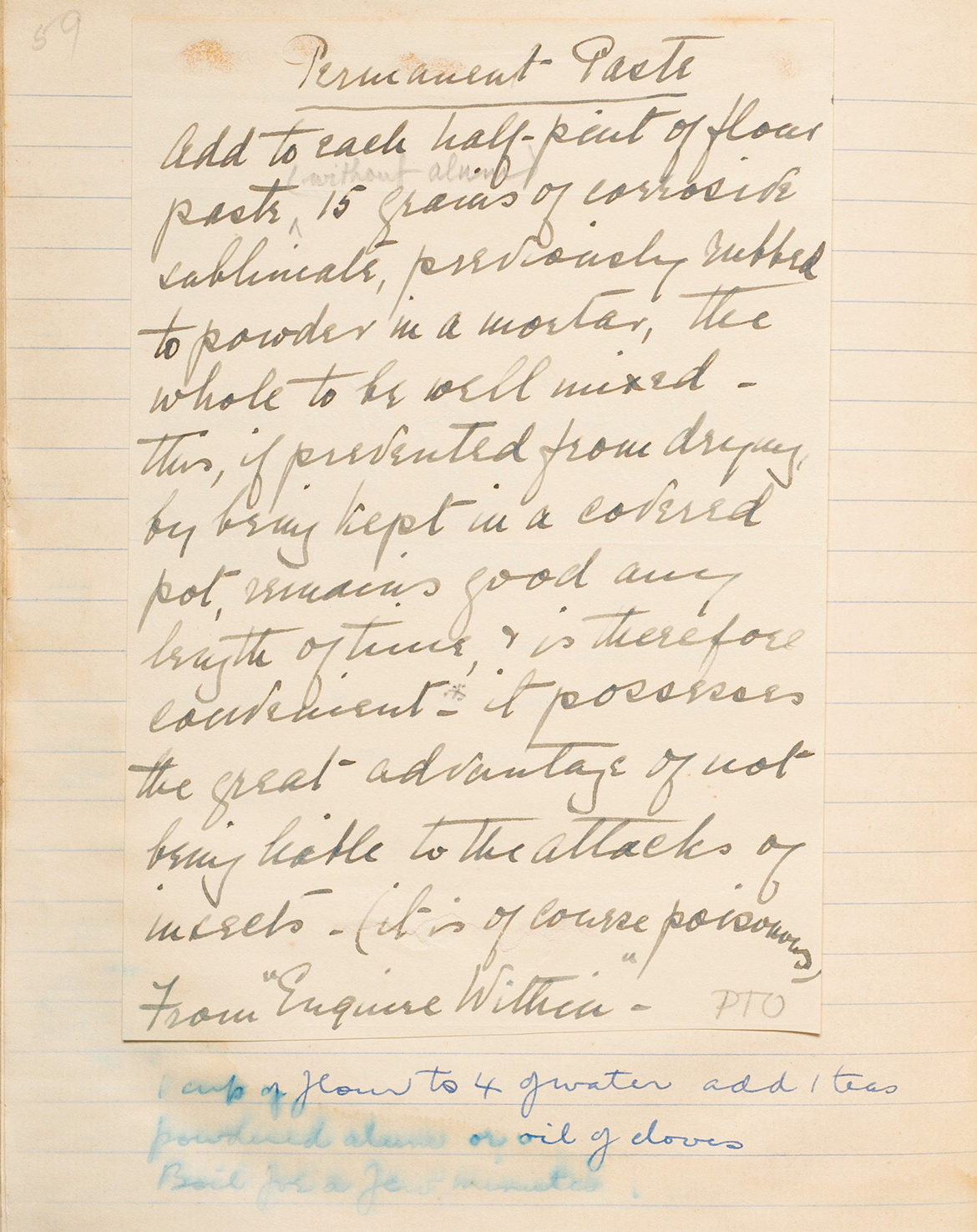
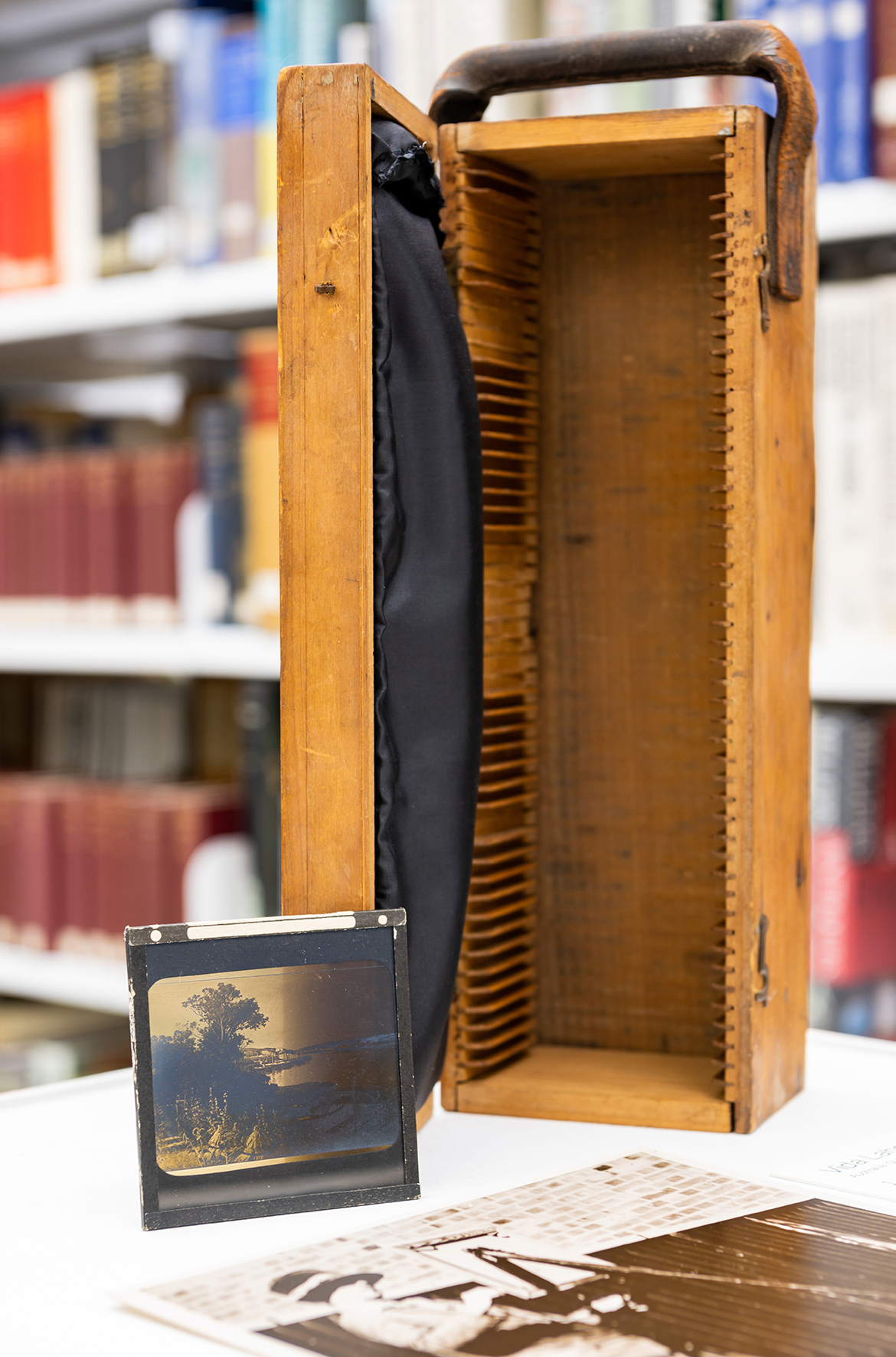
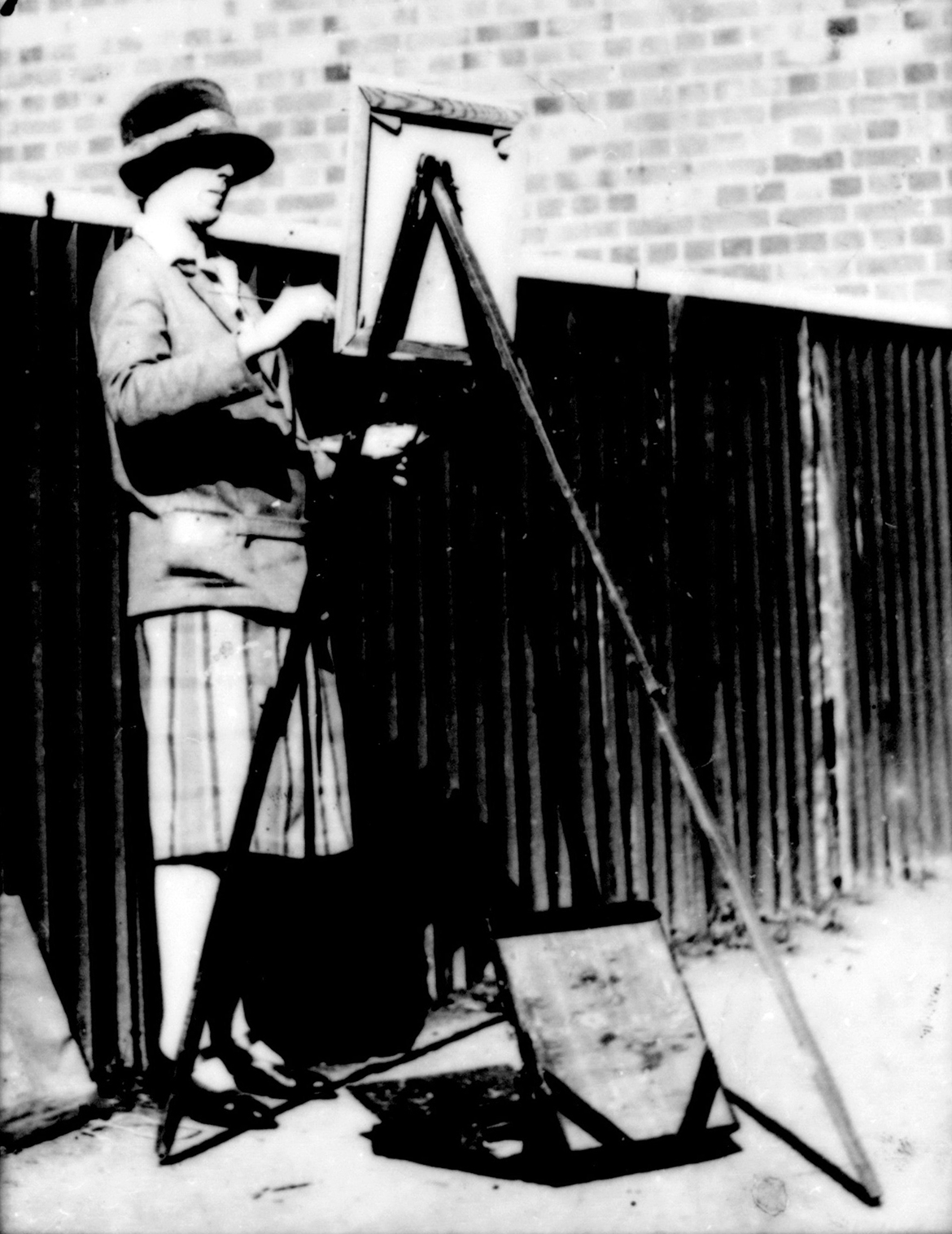


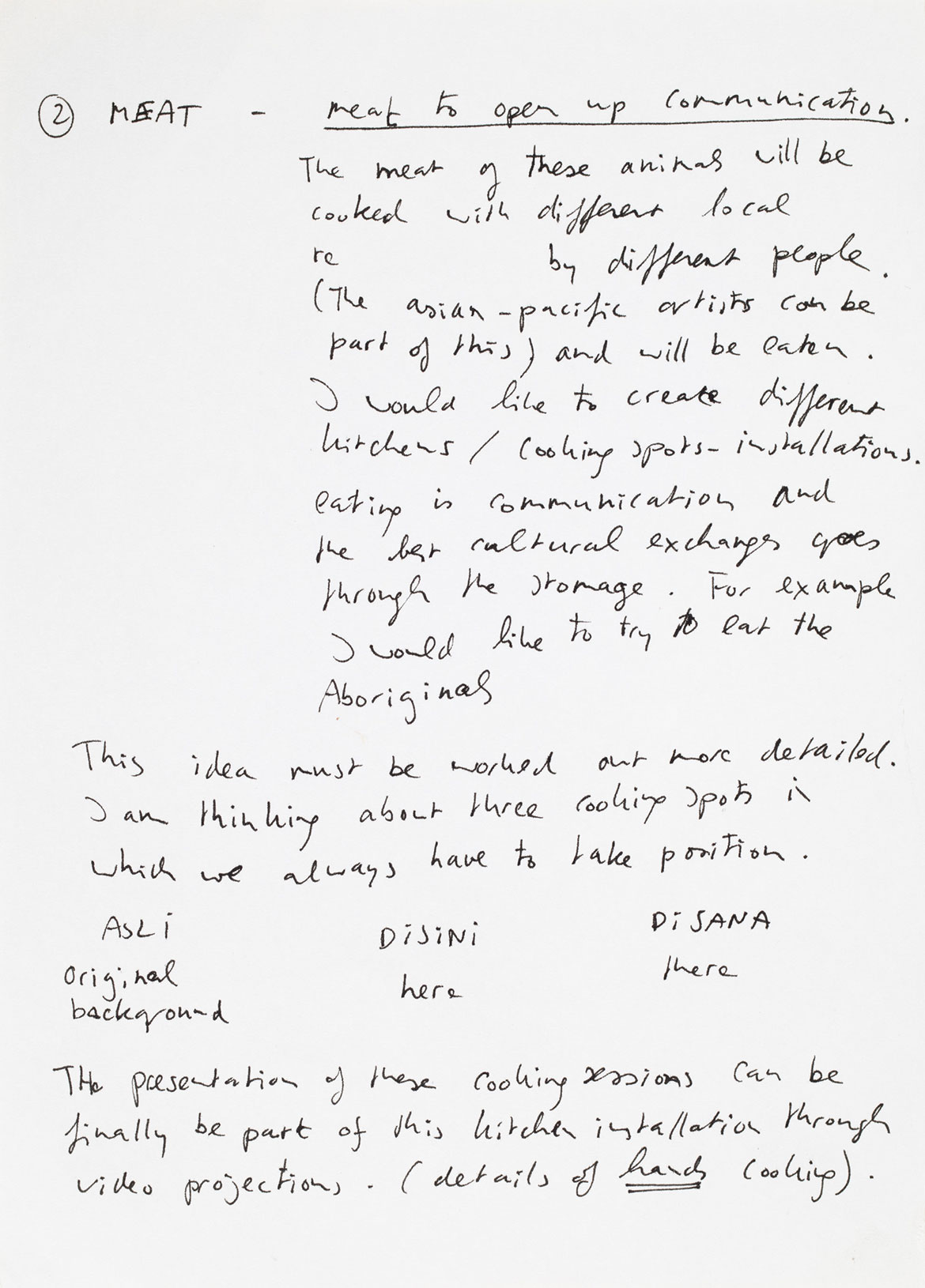
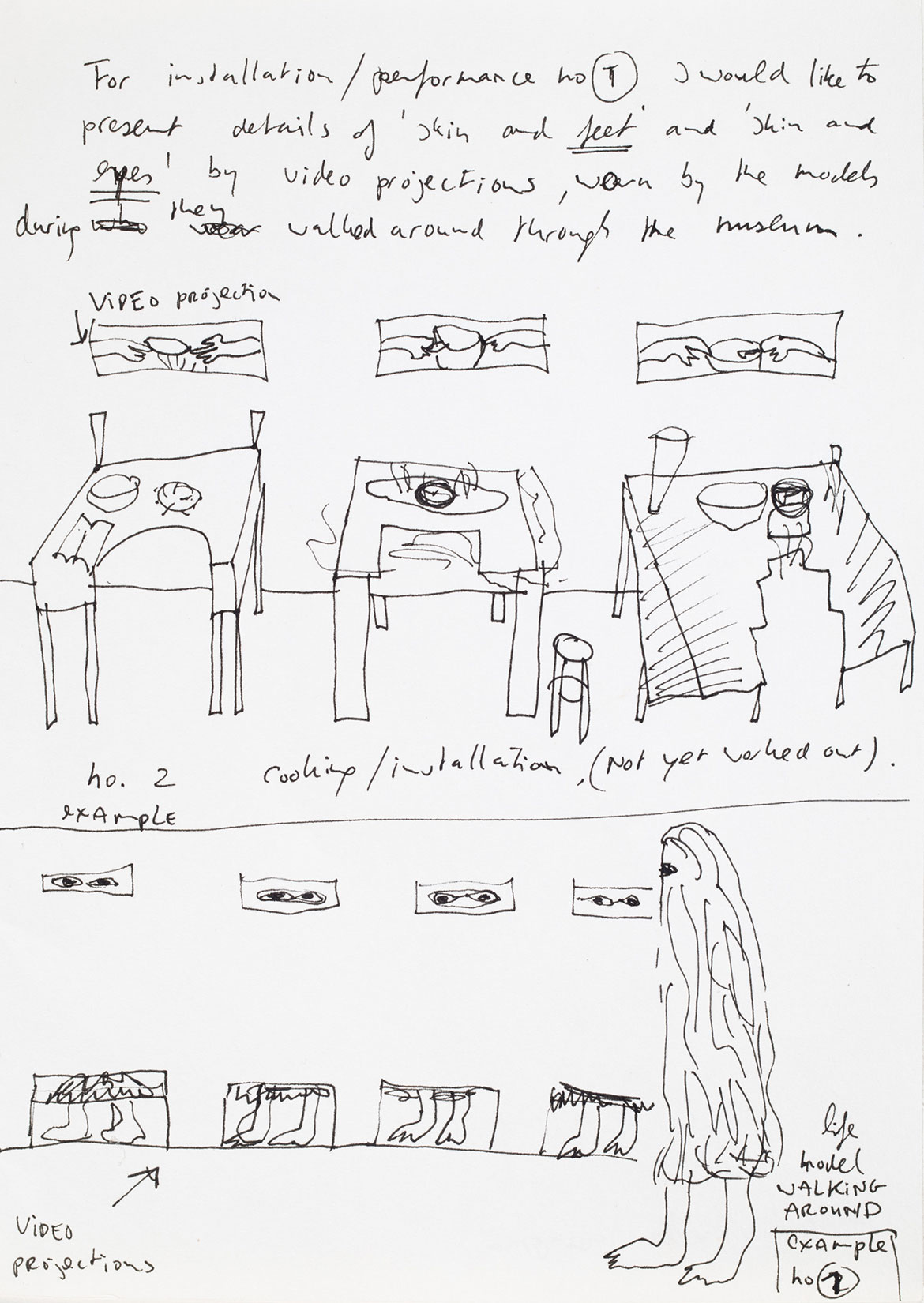


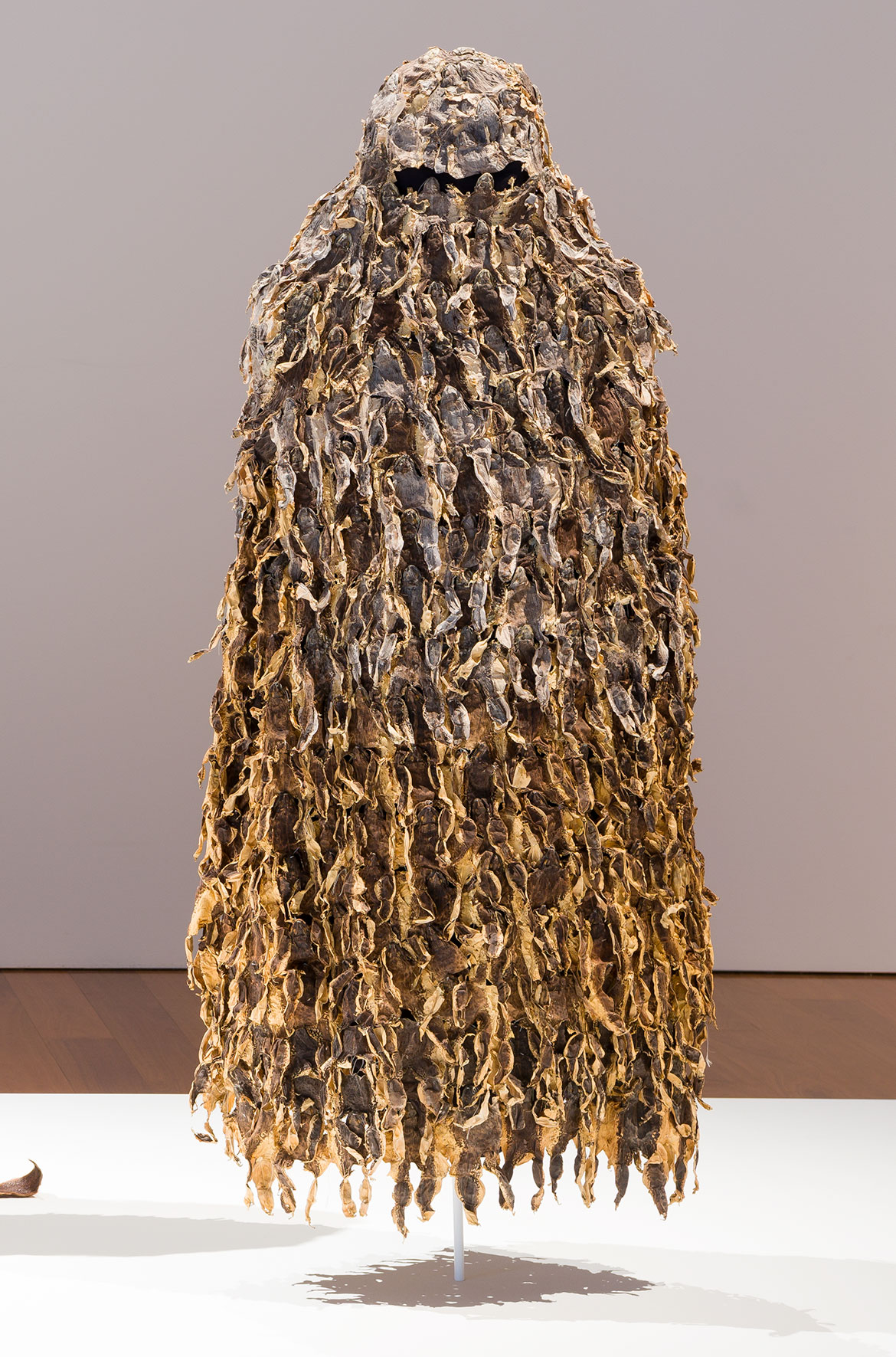

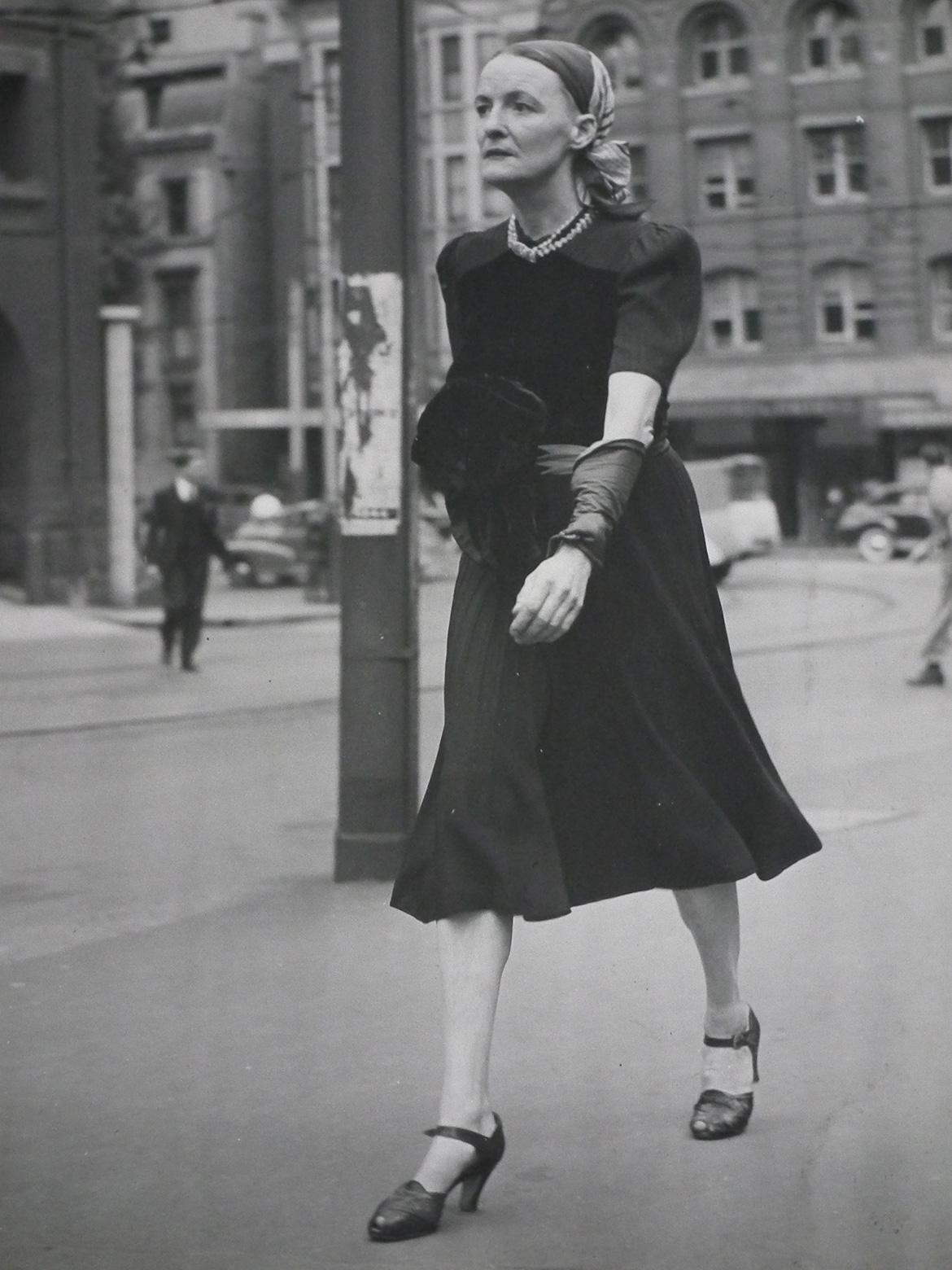
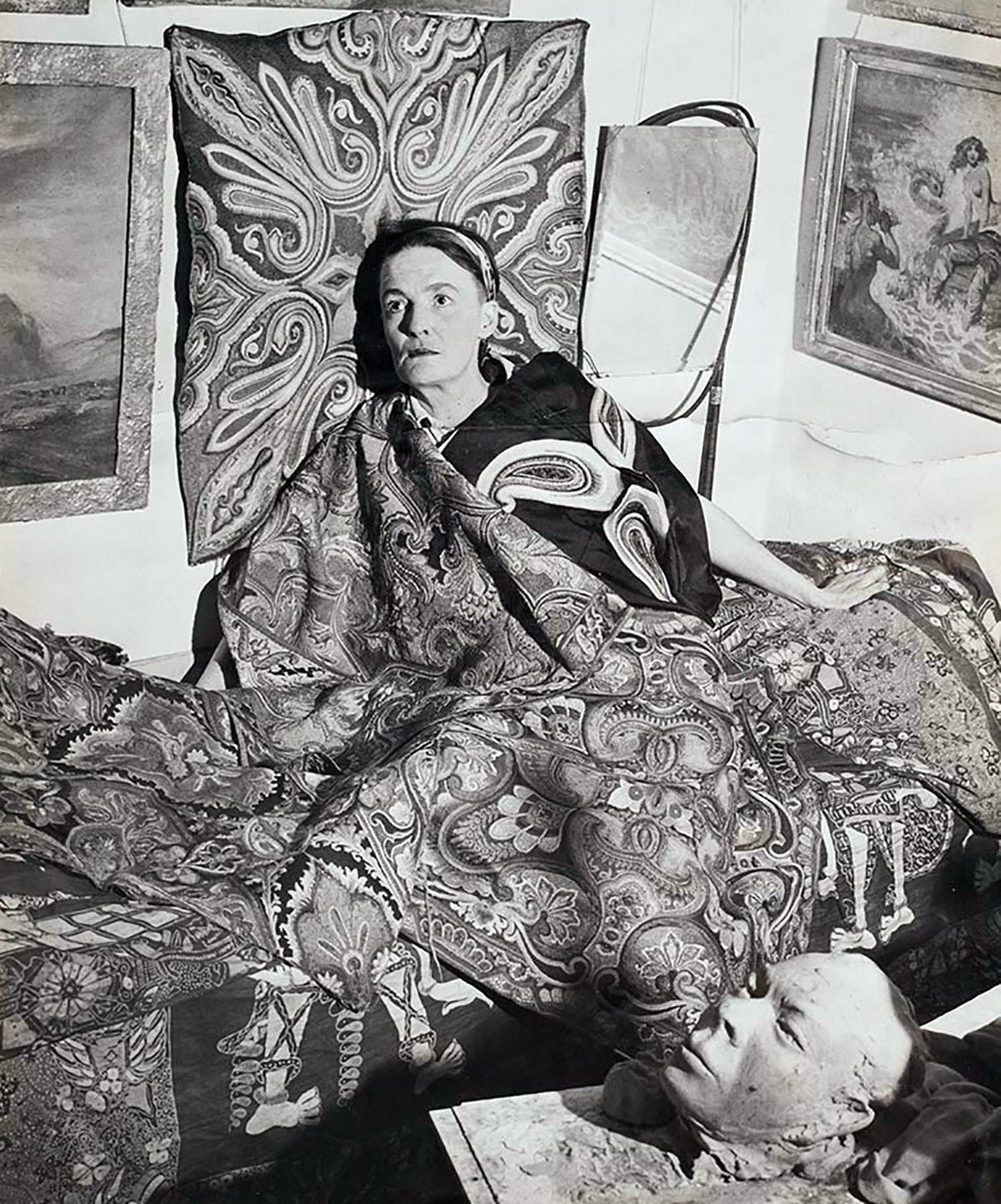
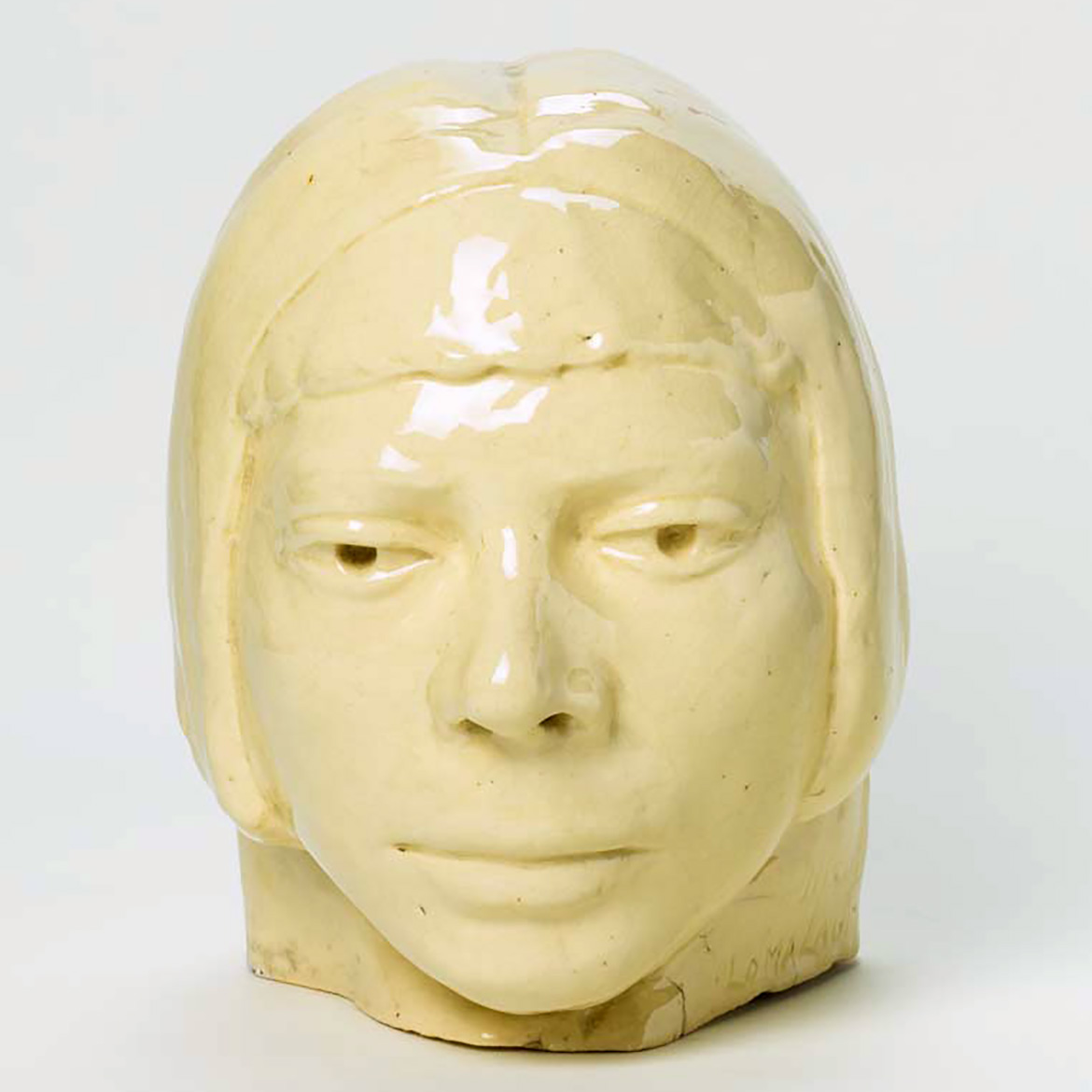

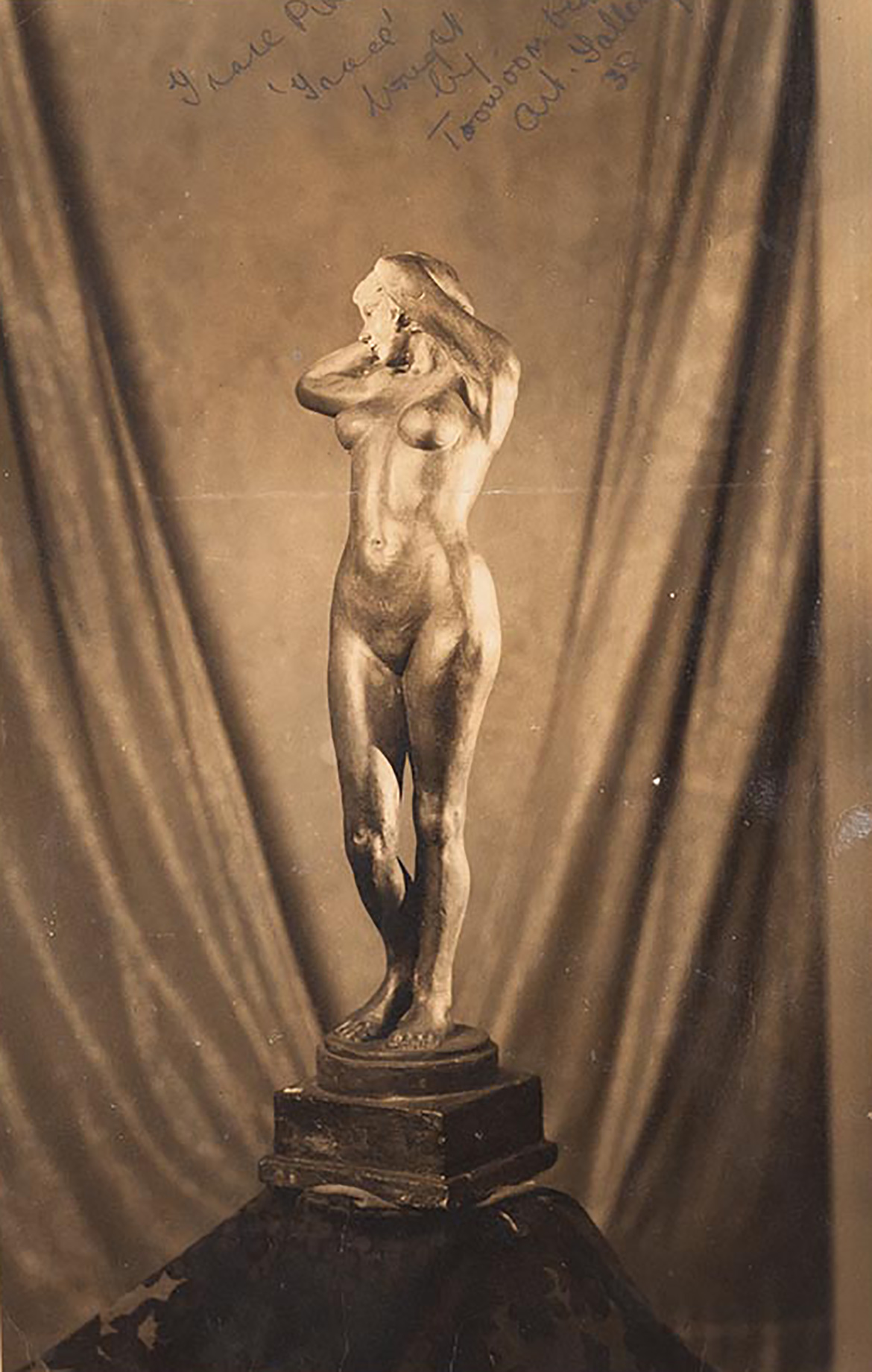

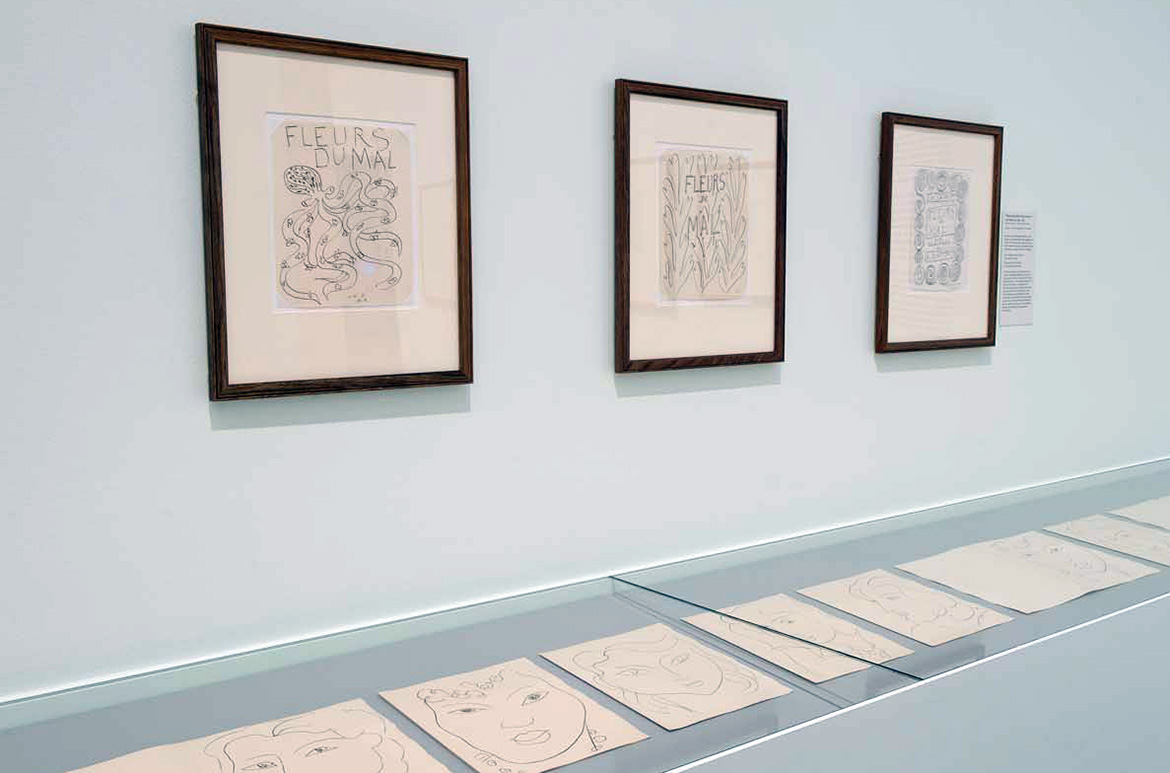

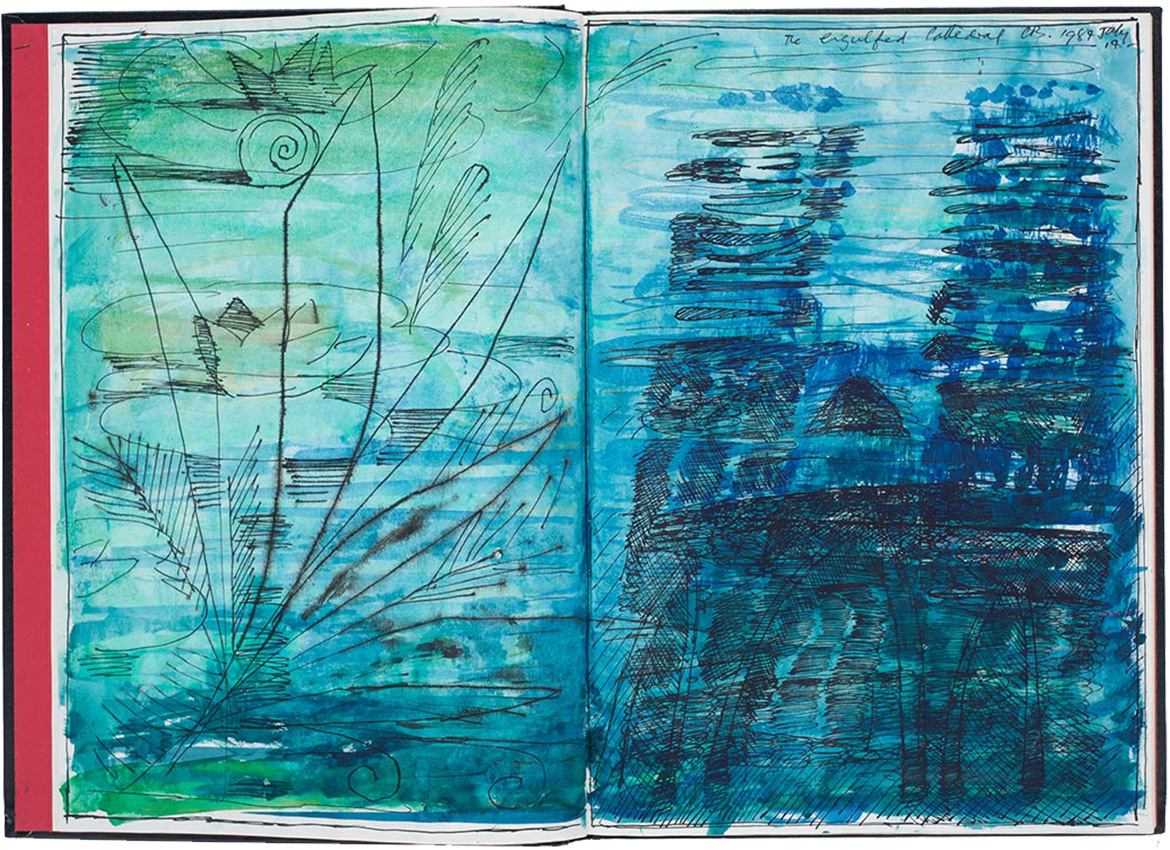
![Letter from Ian Fairweather to Marion Smith, Bribie Island, June 8 [1959]](https://blog.qagoma.qld.gov.au/wp-content/media/BLOG_MS1.23a.jpg)

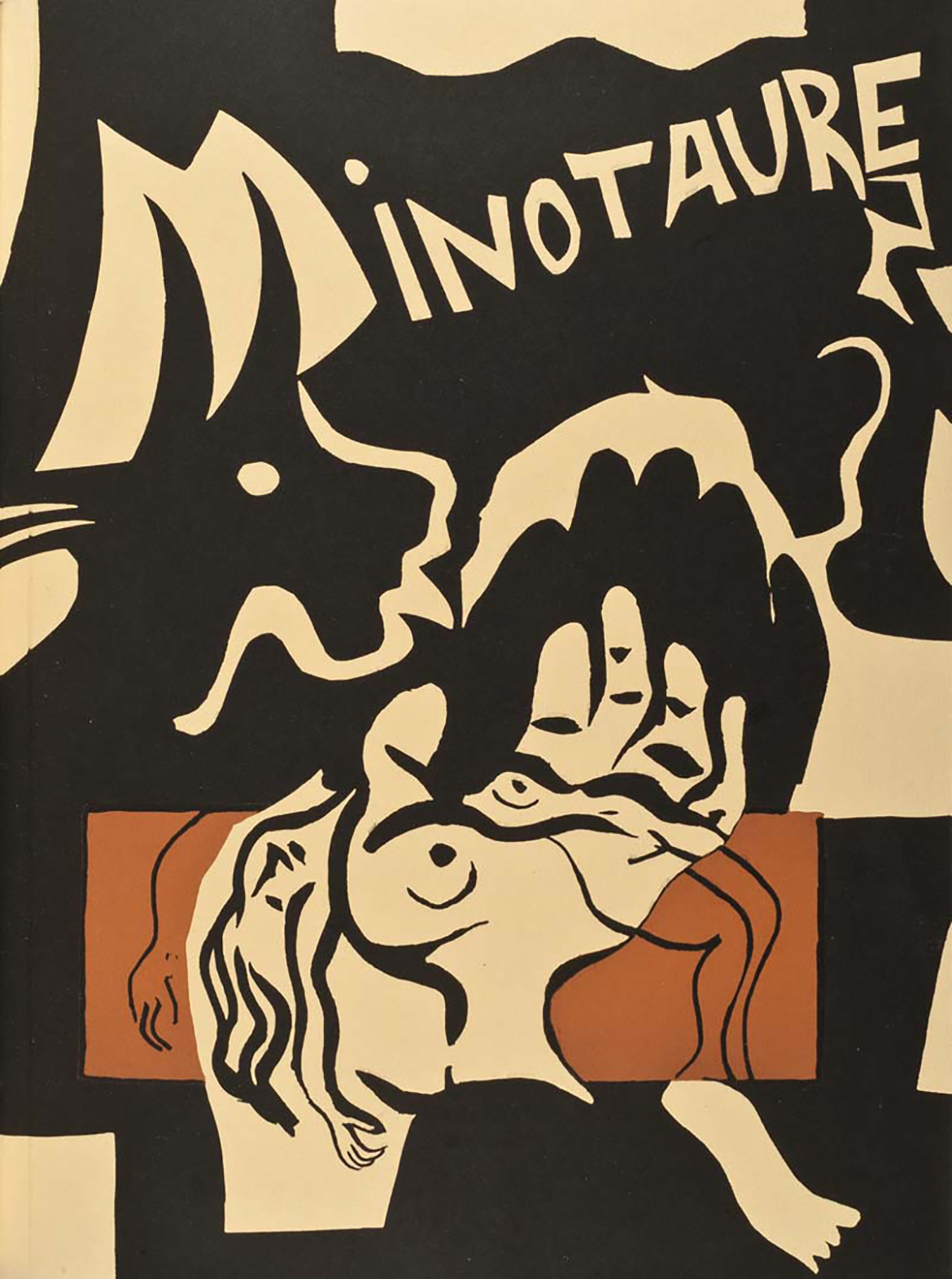
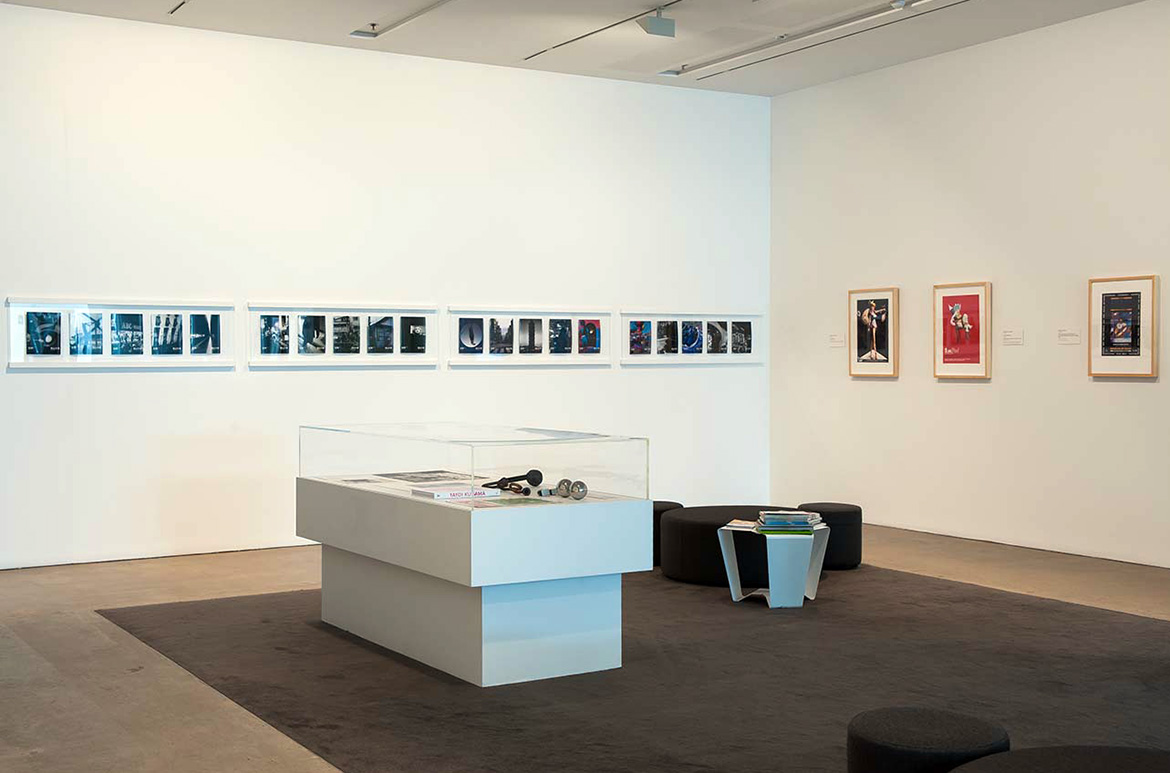
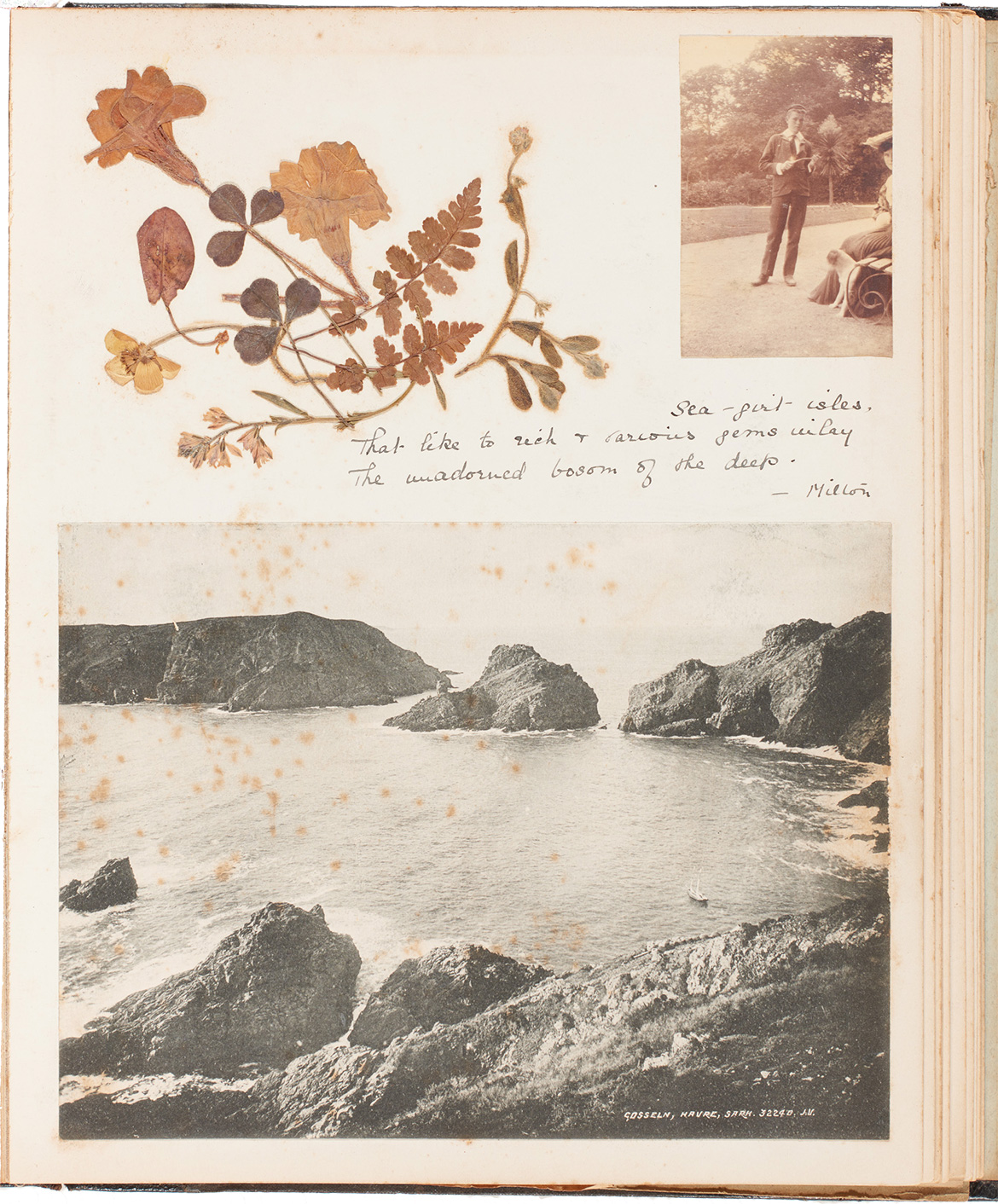
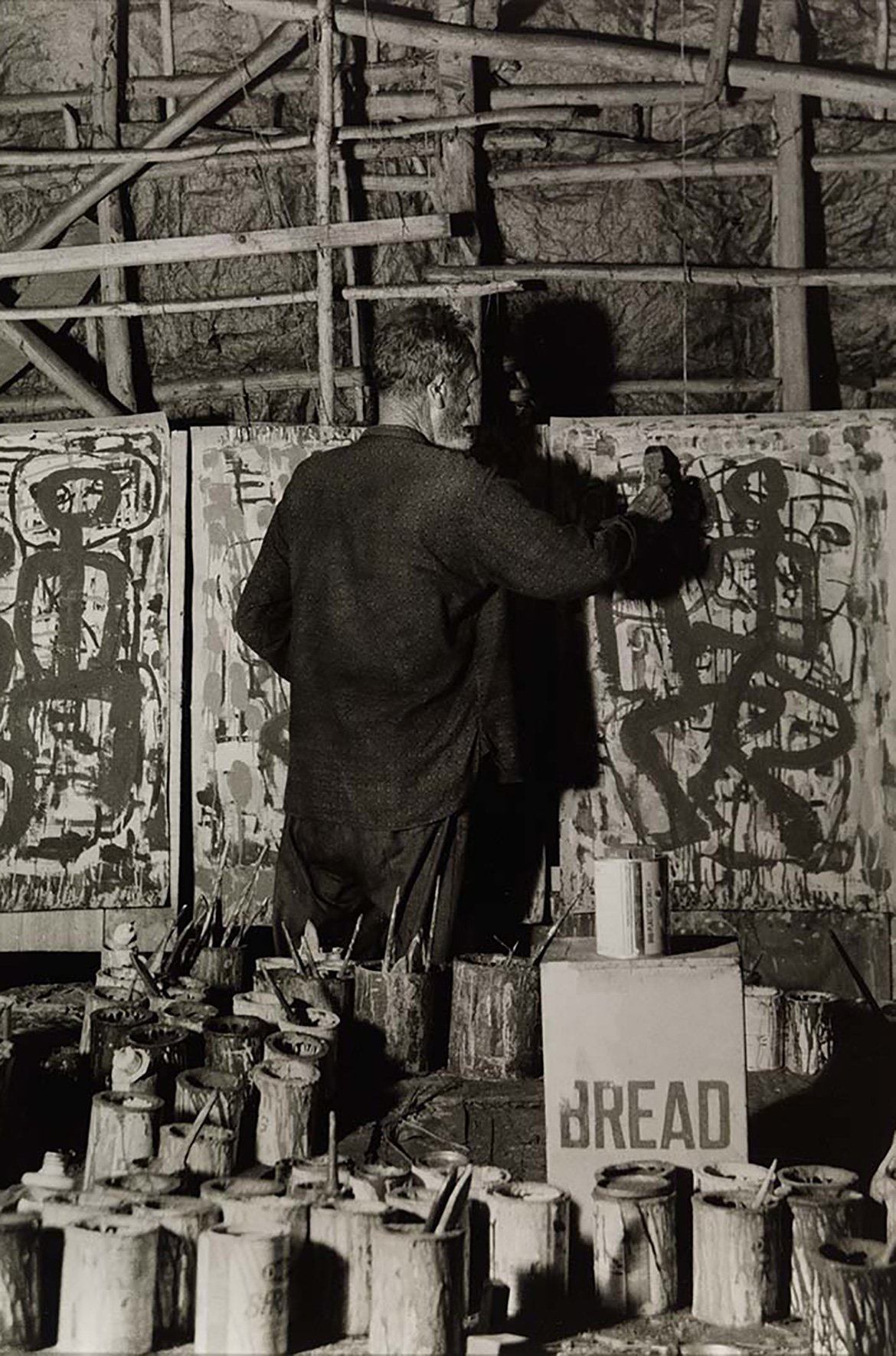
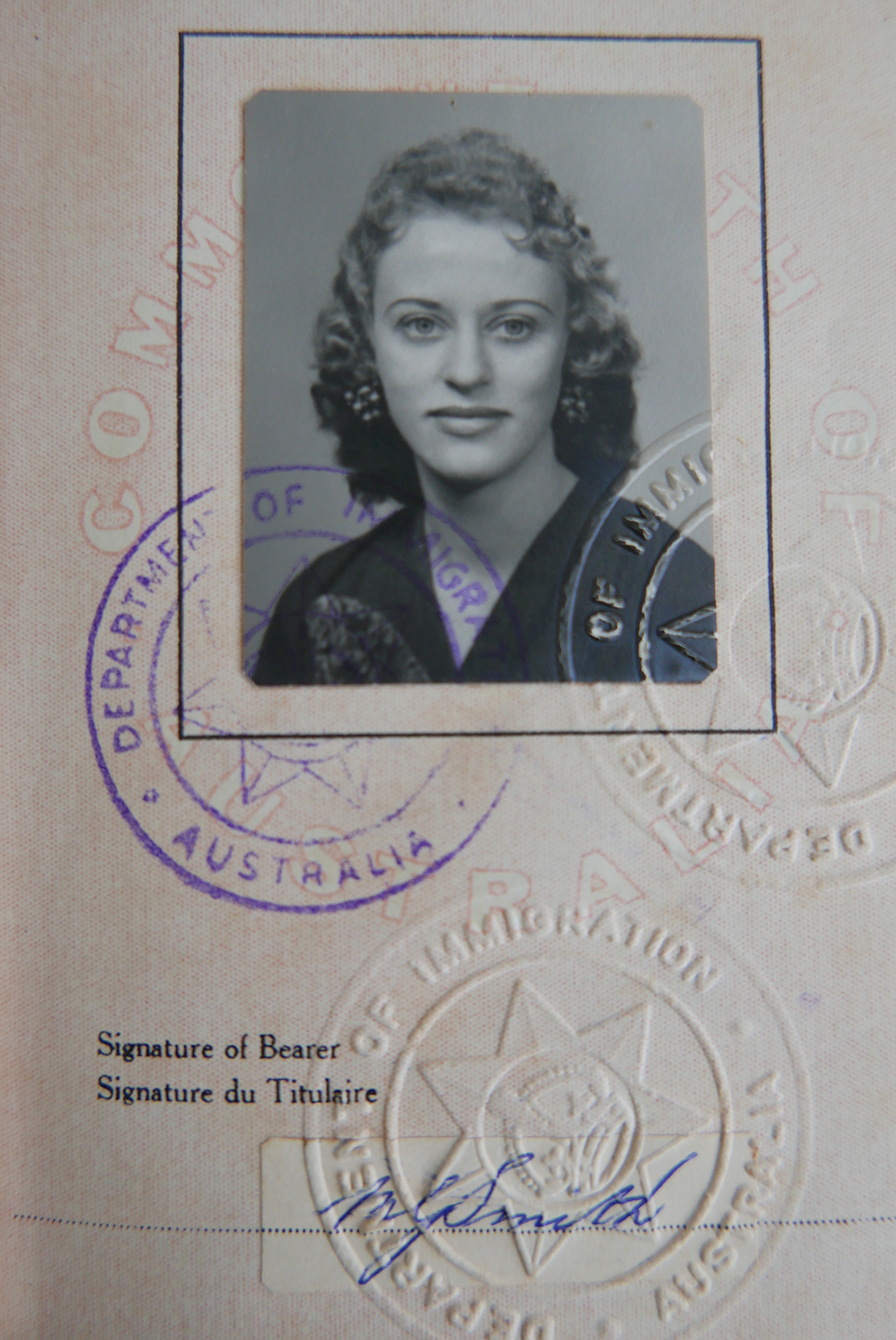
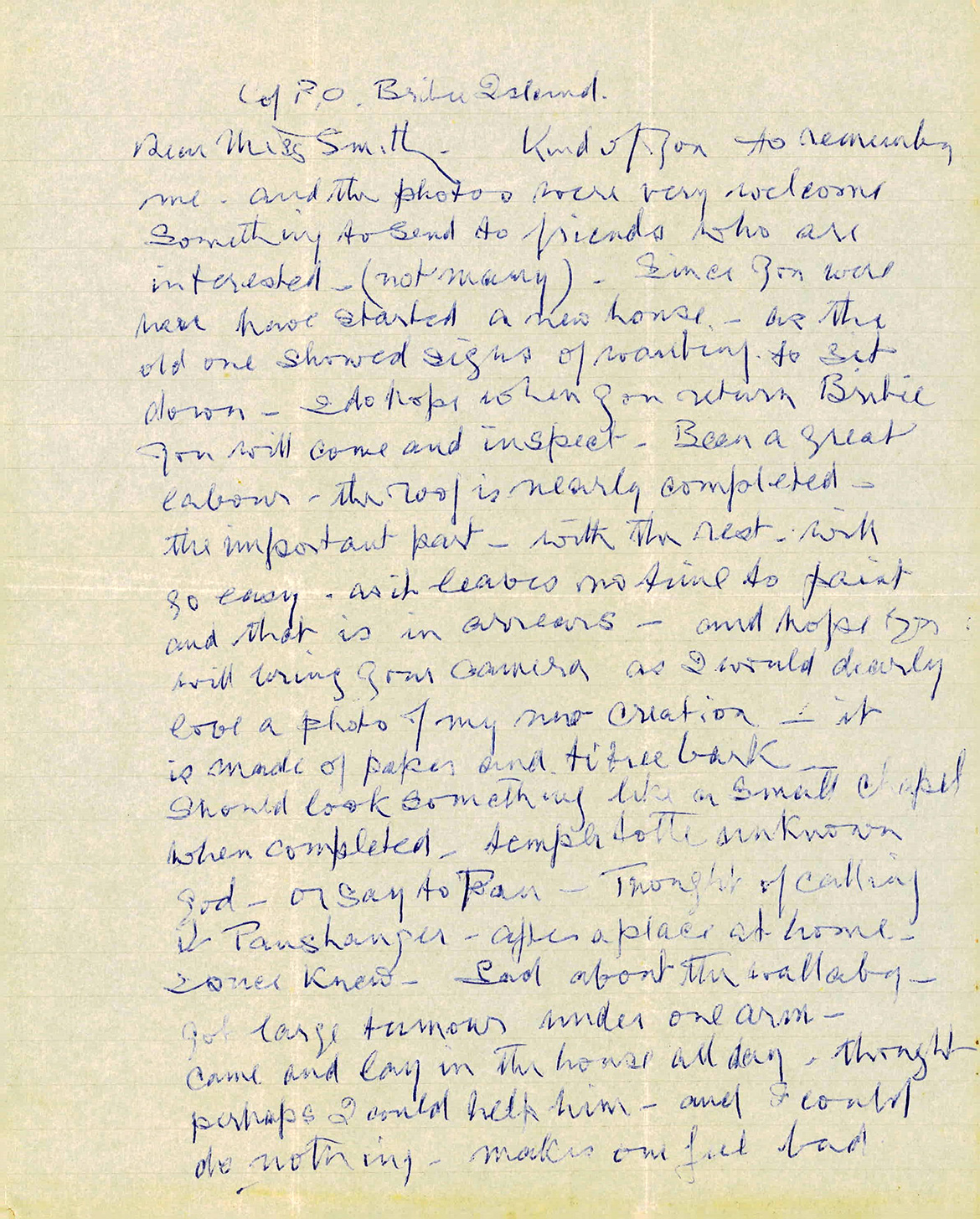
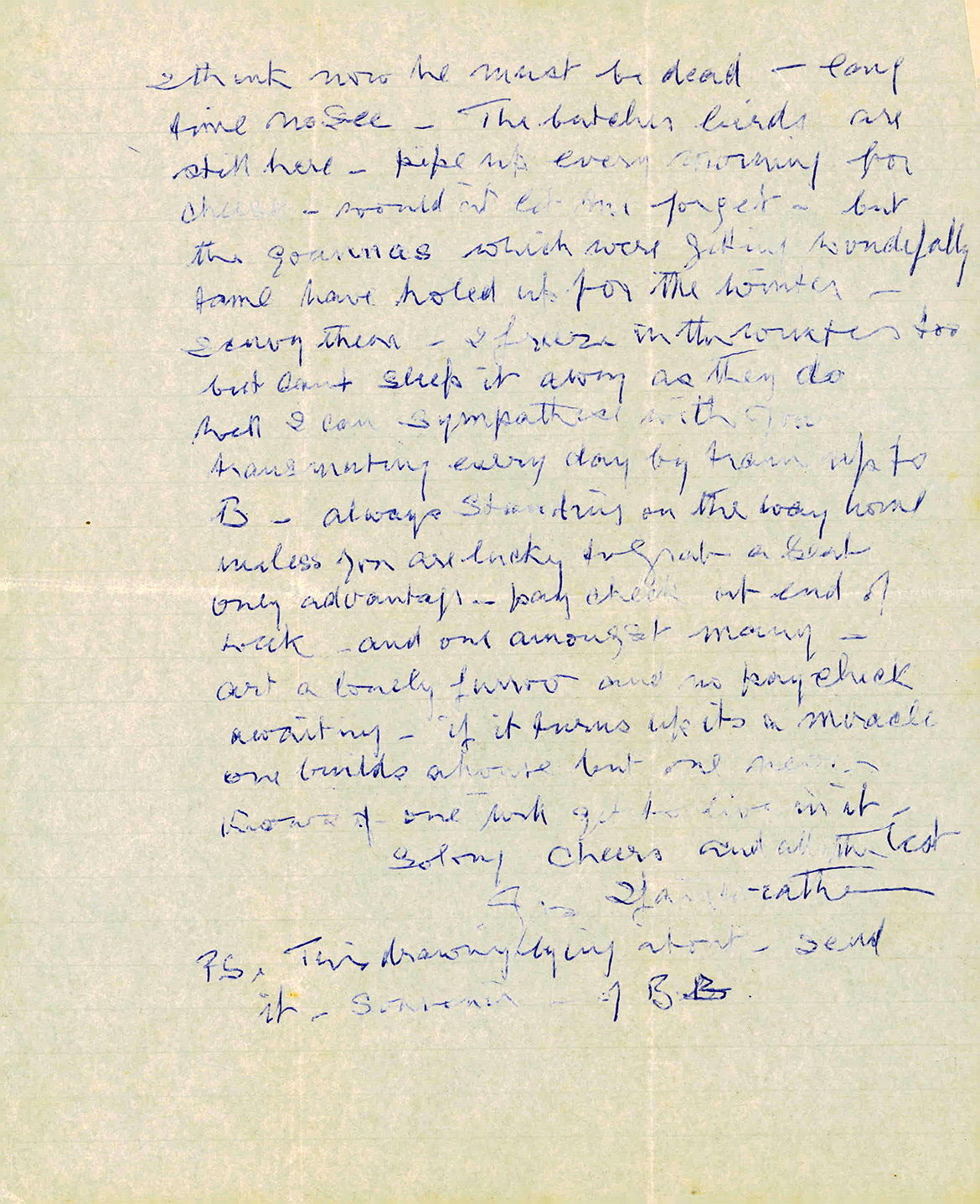
![Ian Fairweather letter to Marion Smith, Bribie Island [postmarked 25 June 1956]](https://blog.qagoma.qld.gov.au/wp-content/media/BLOG_envelope.jpg)